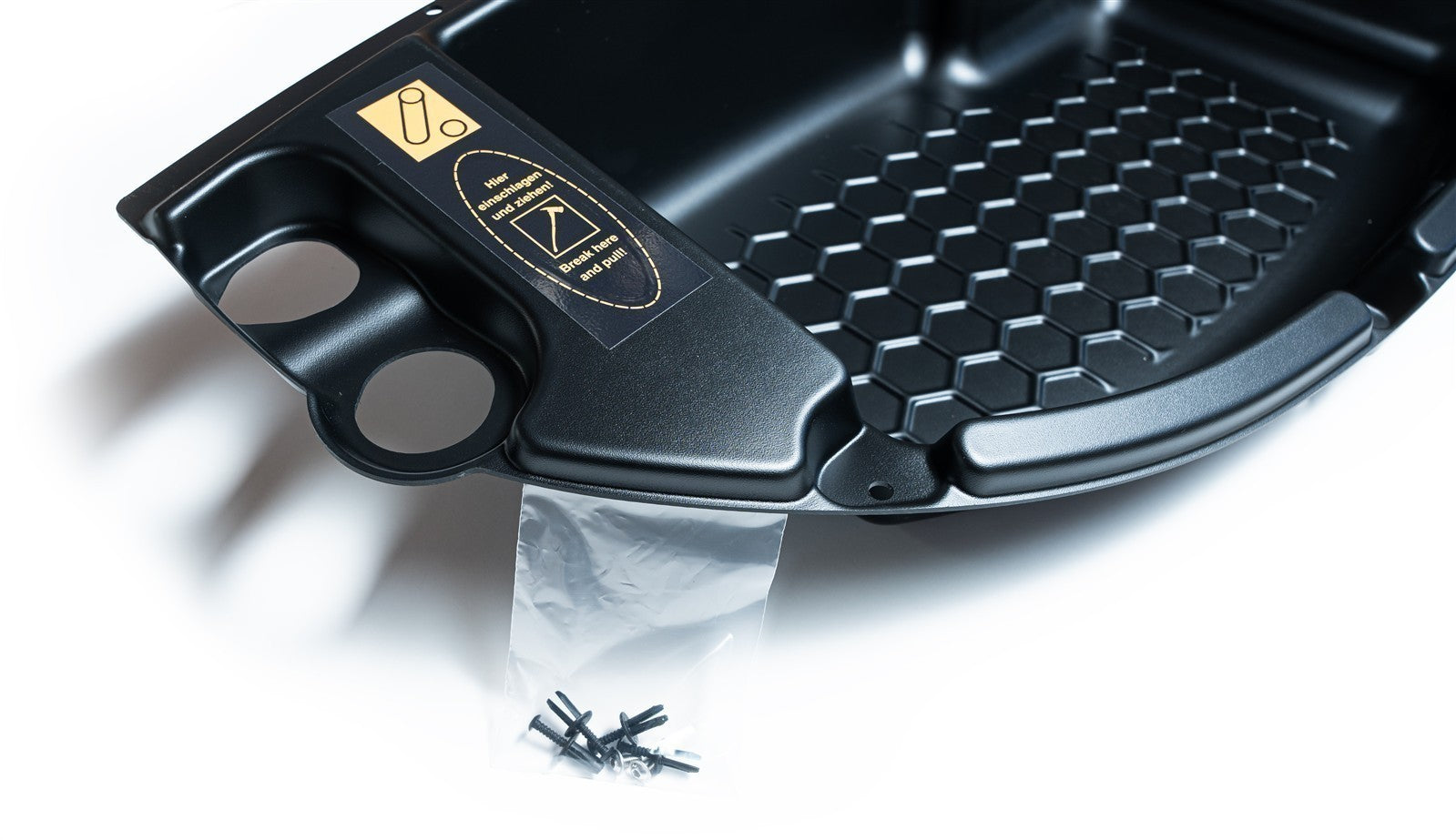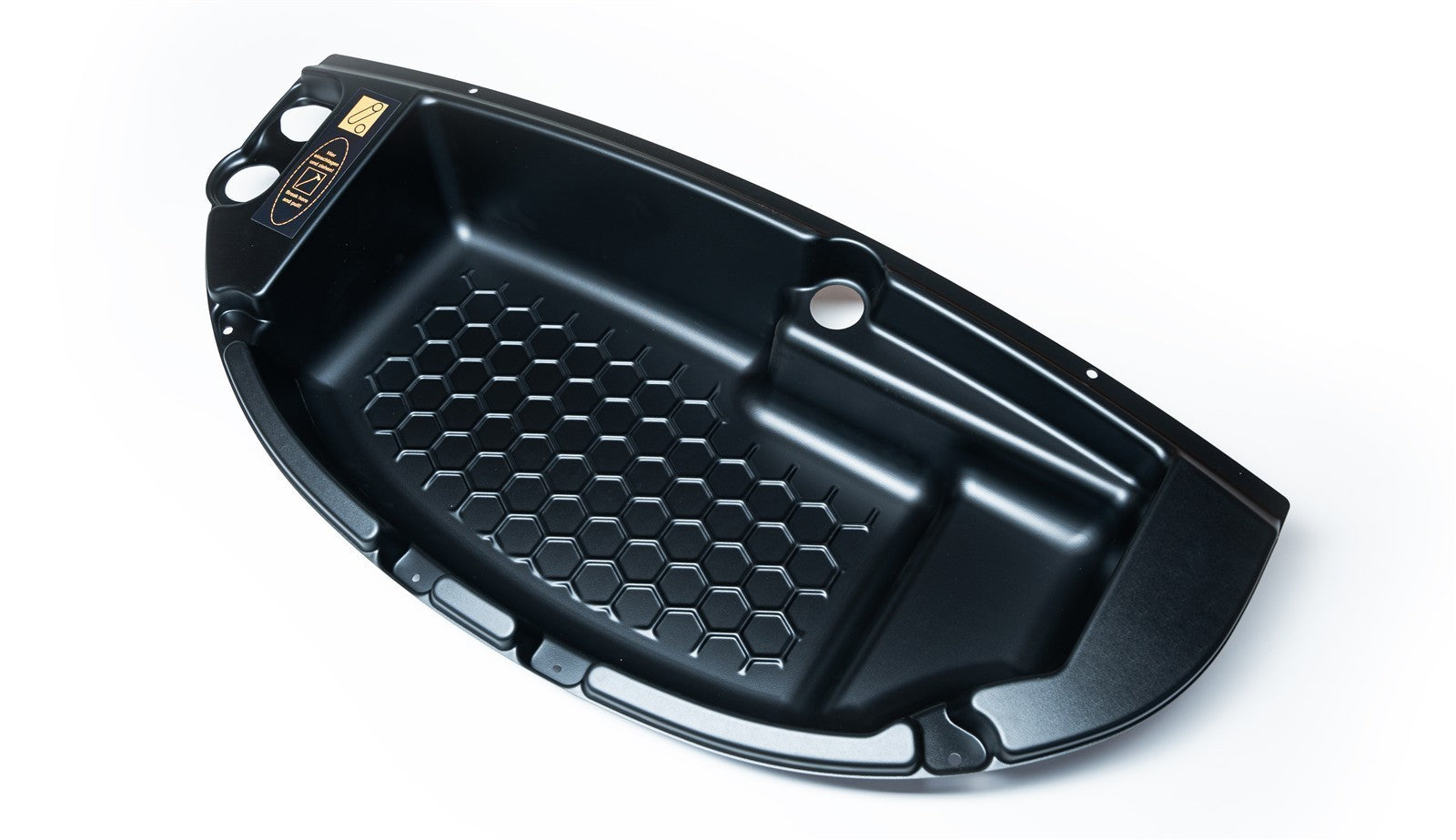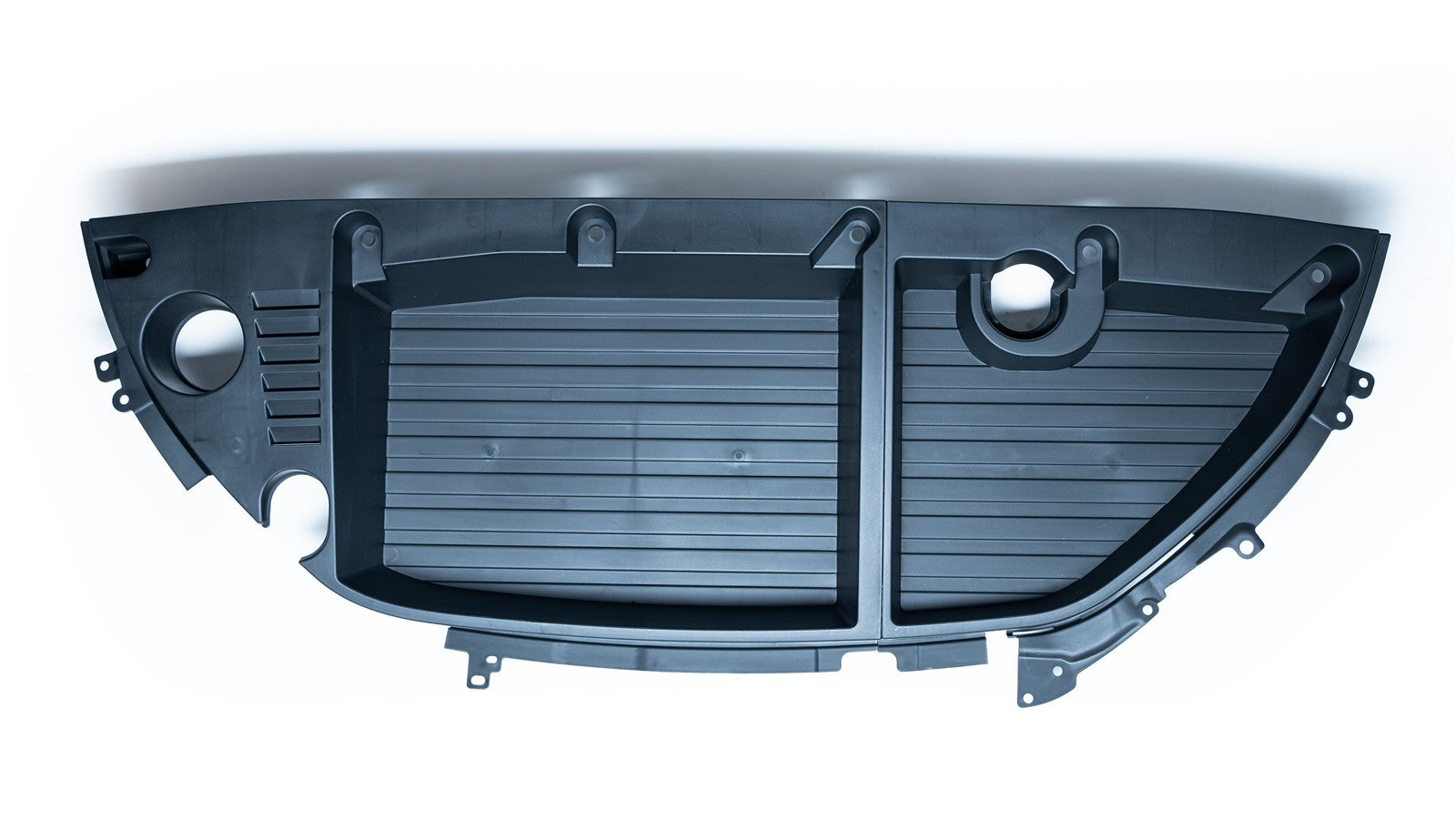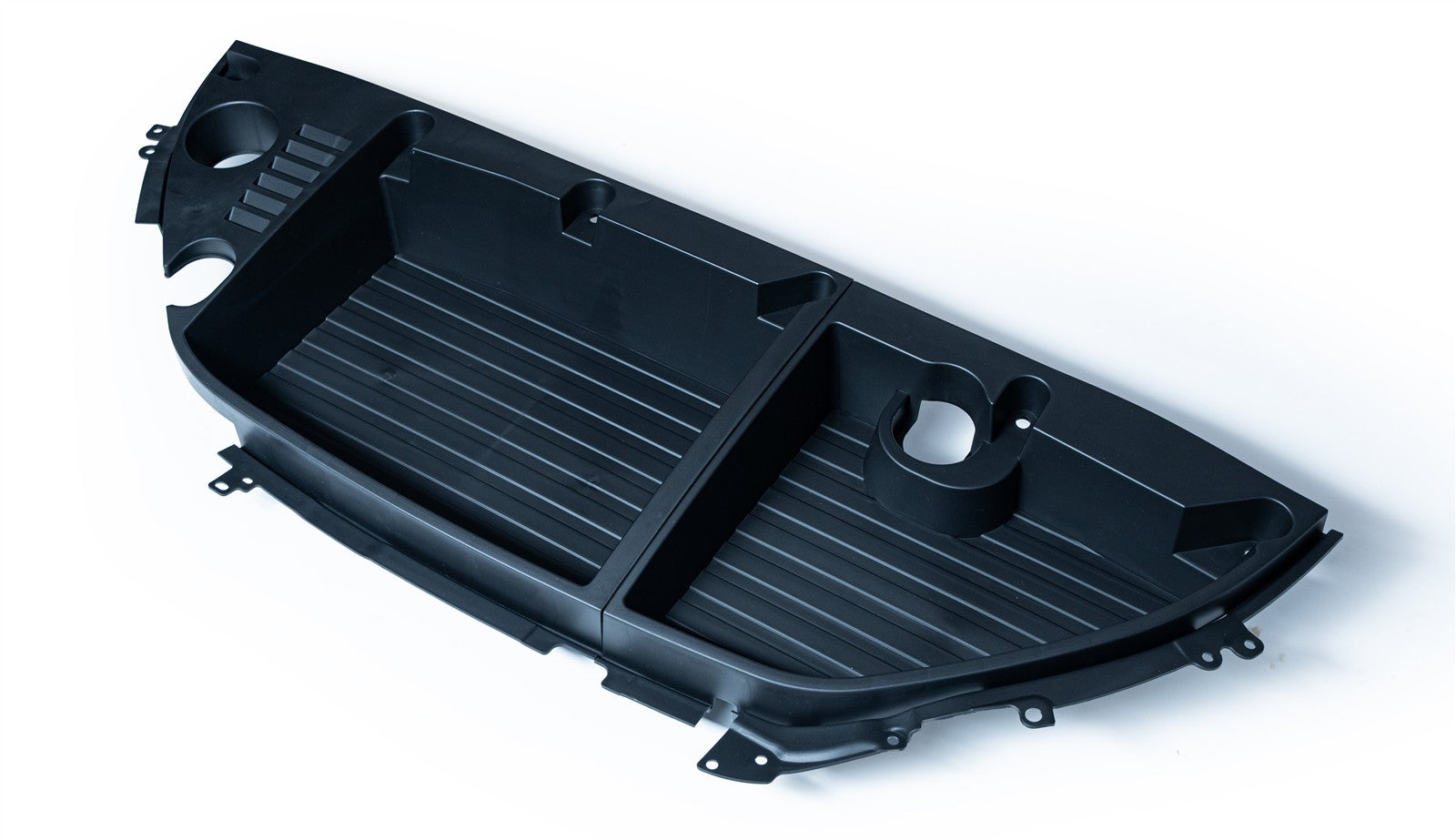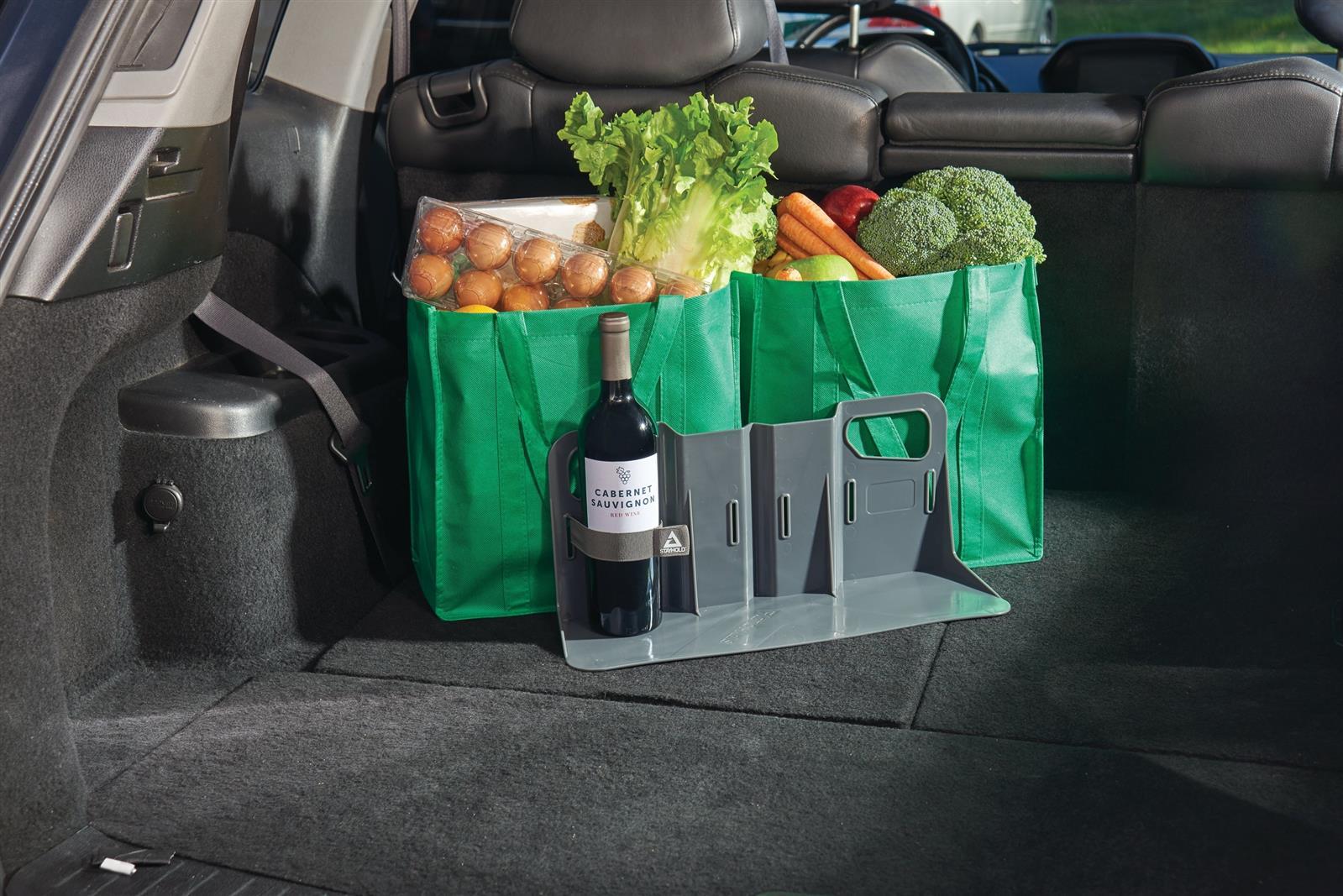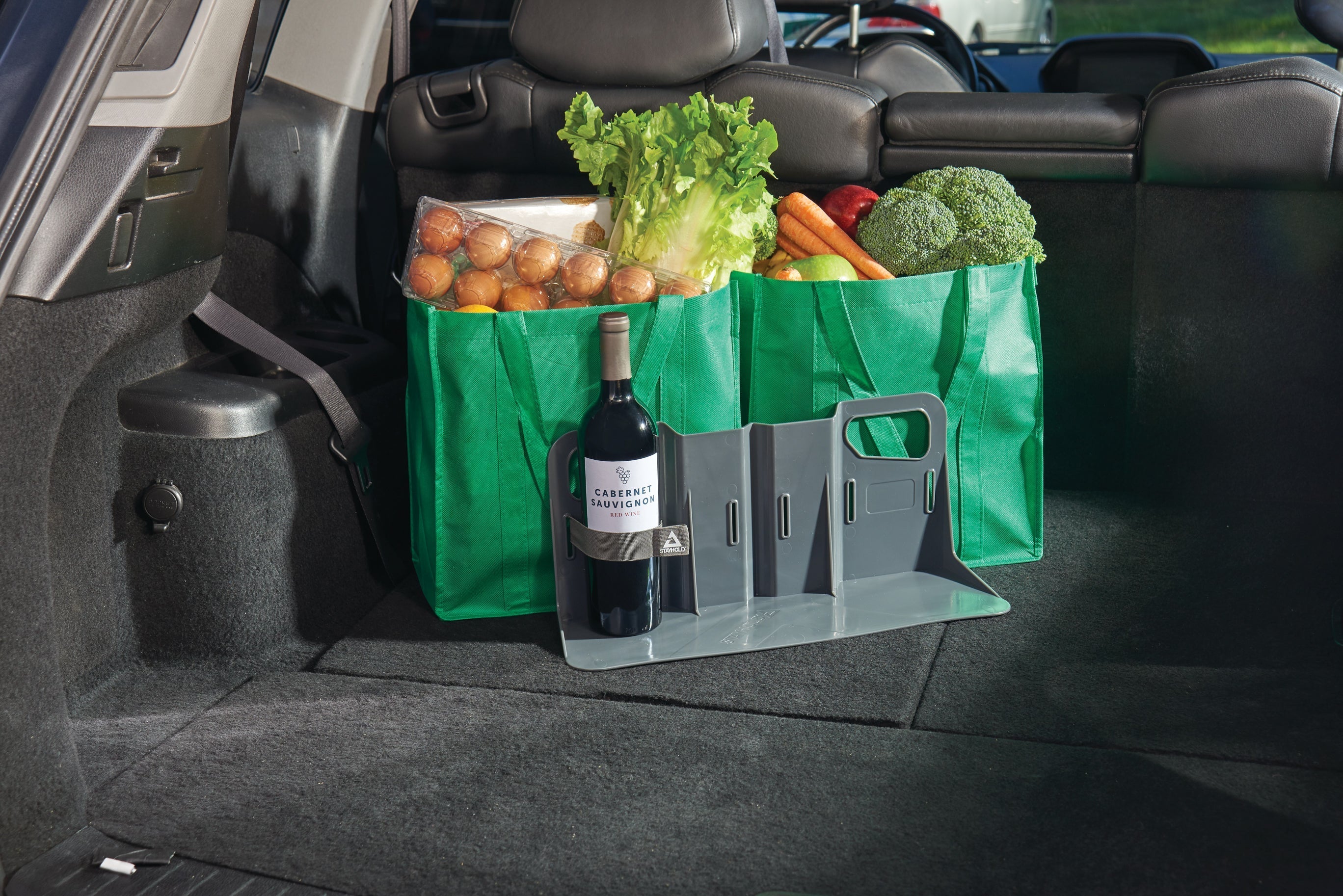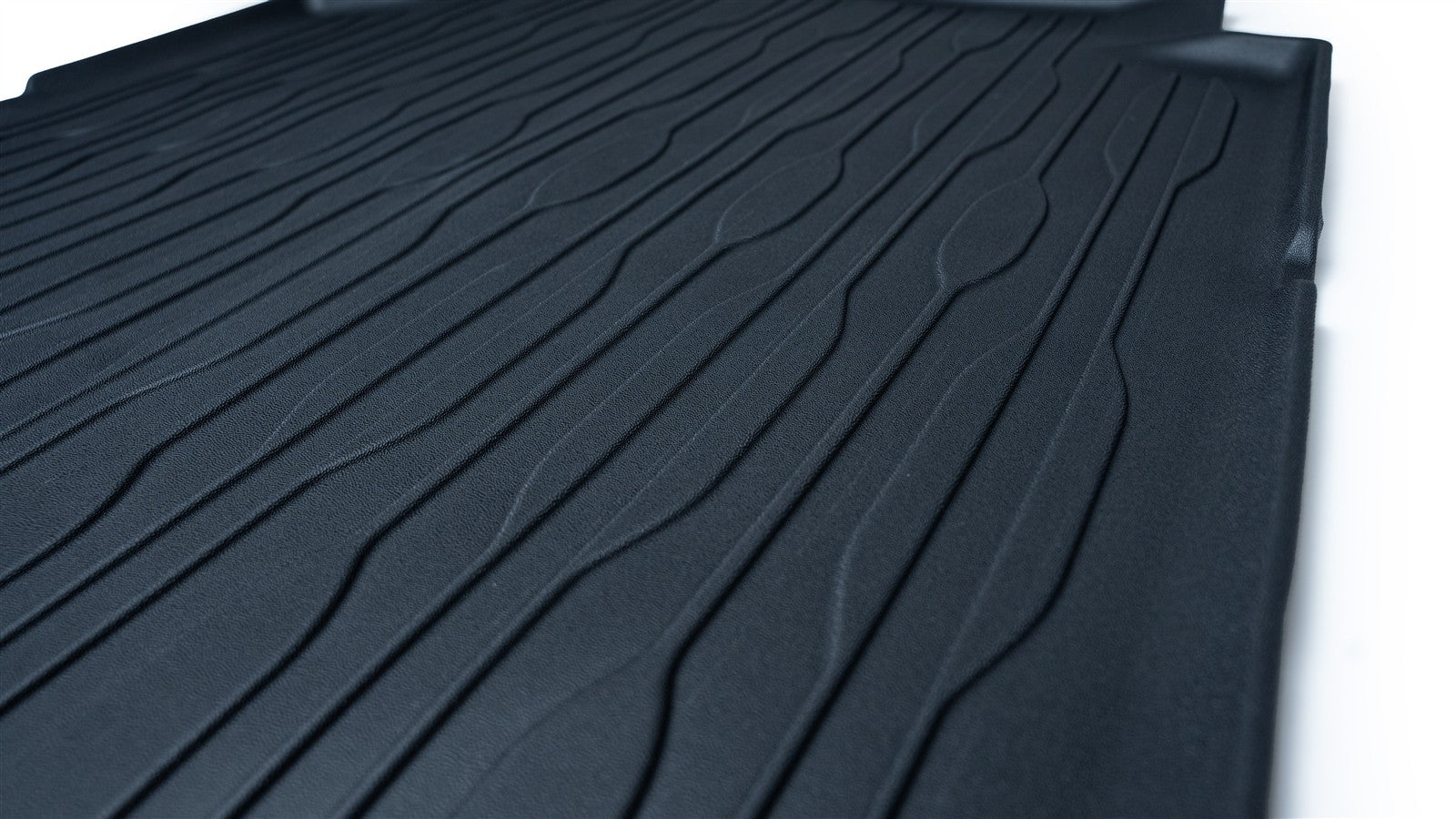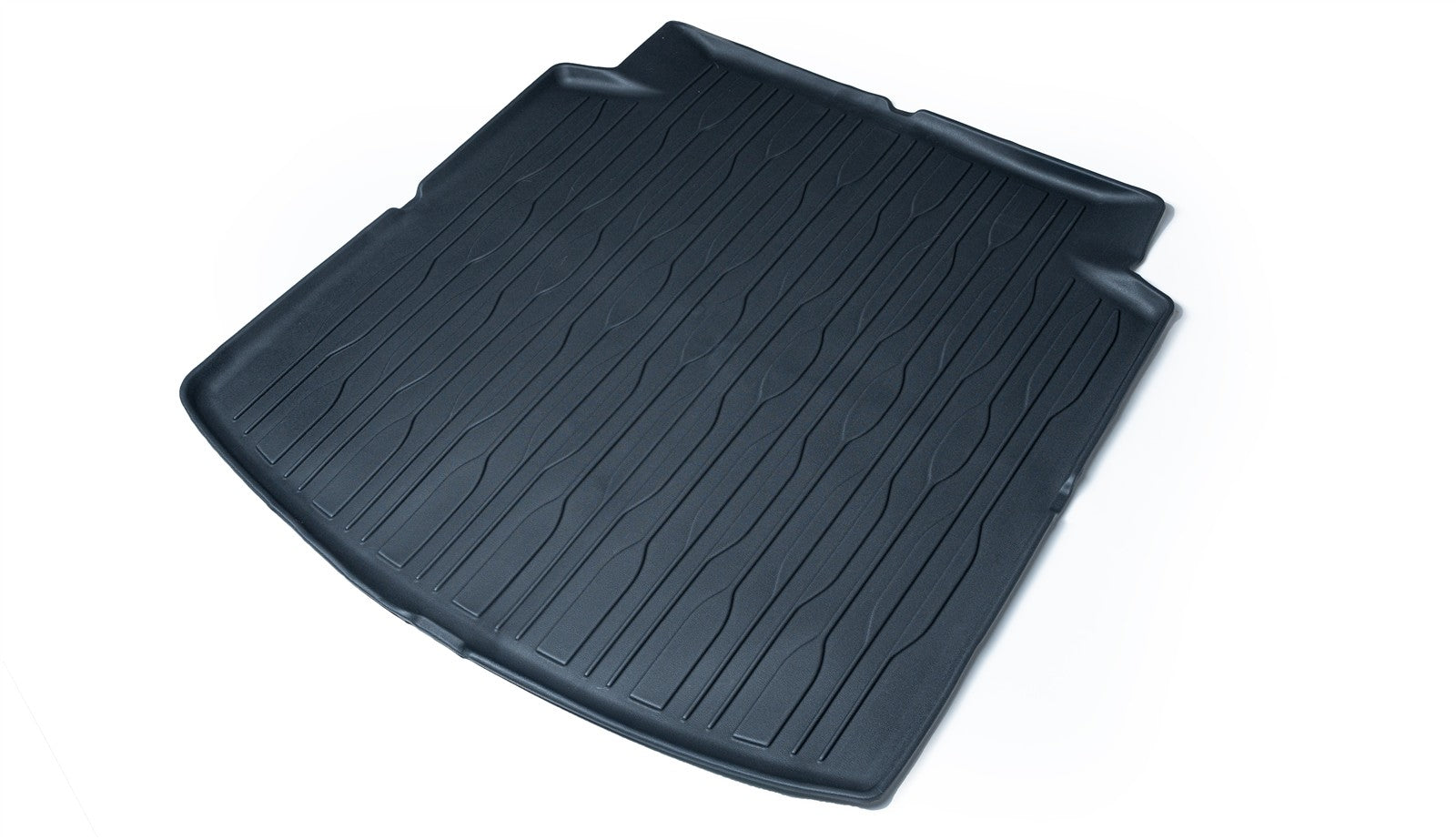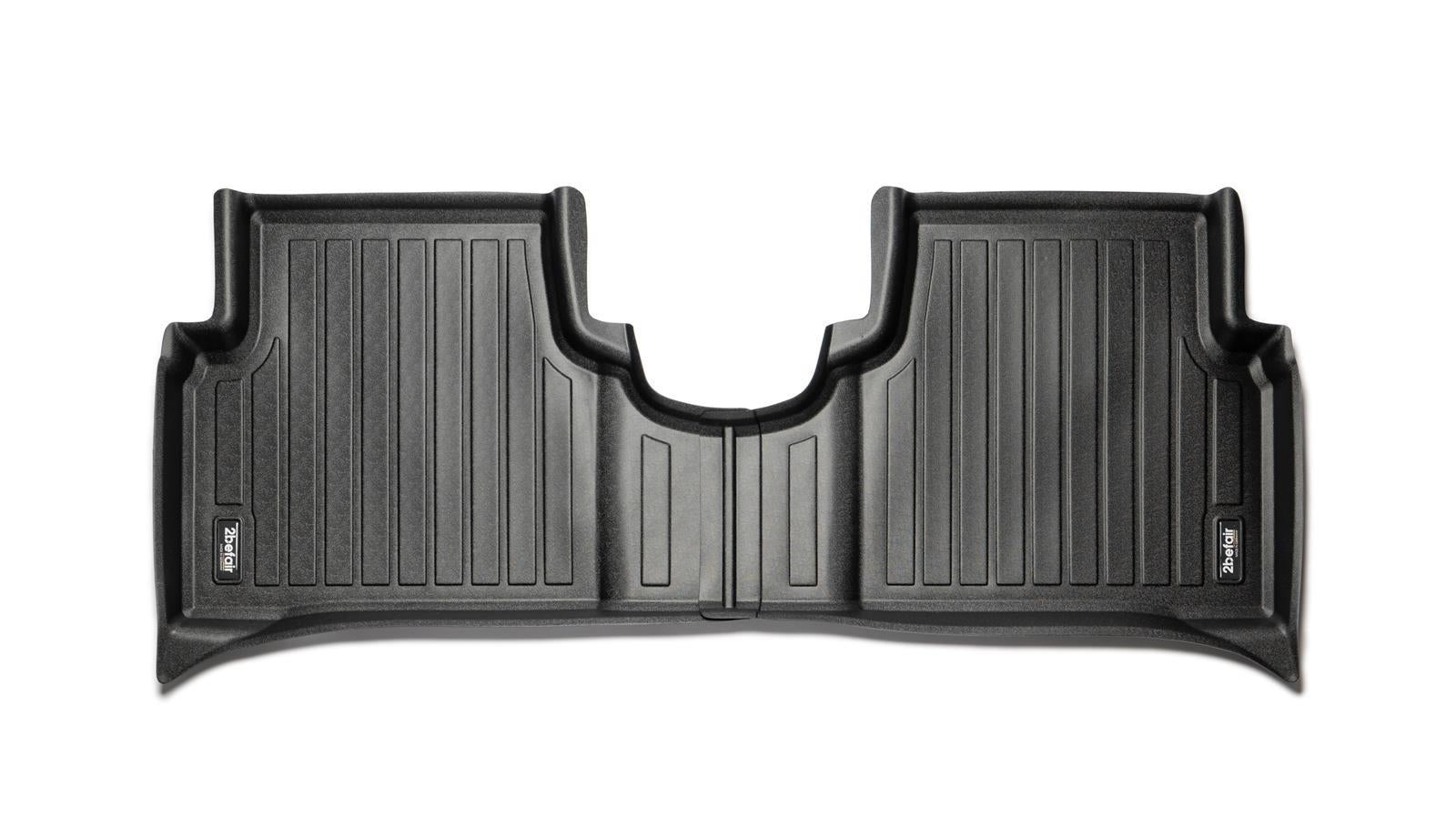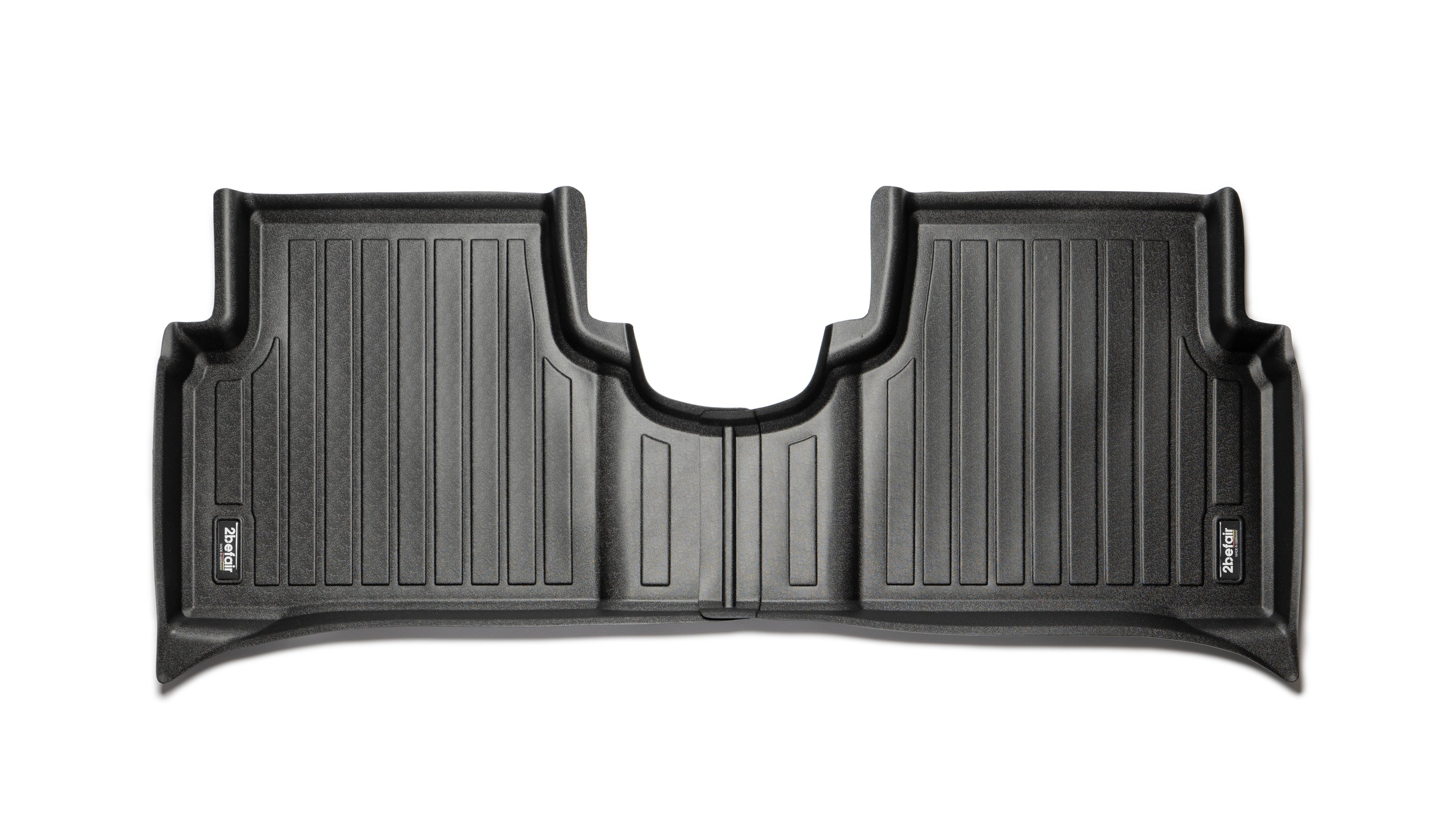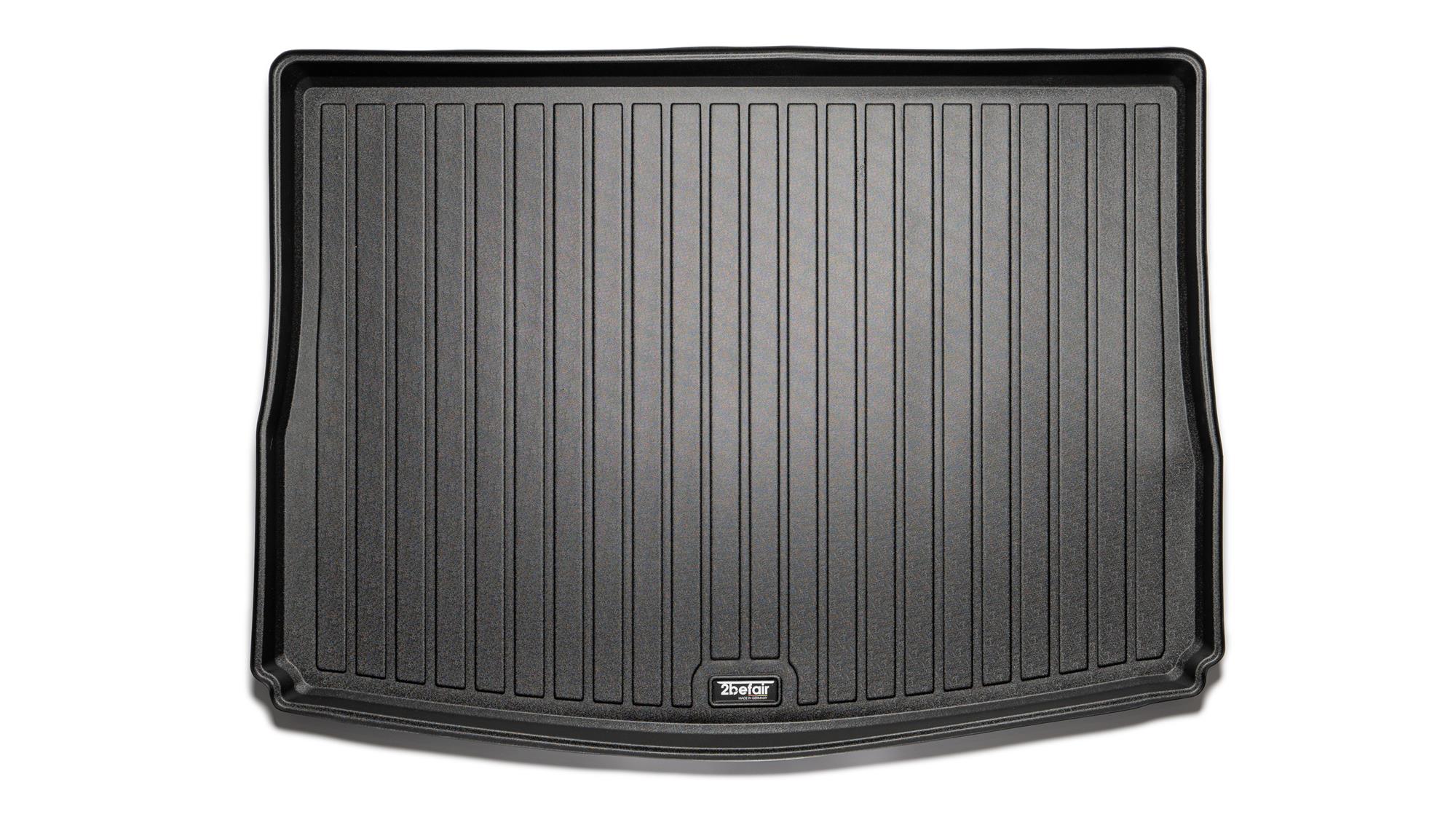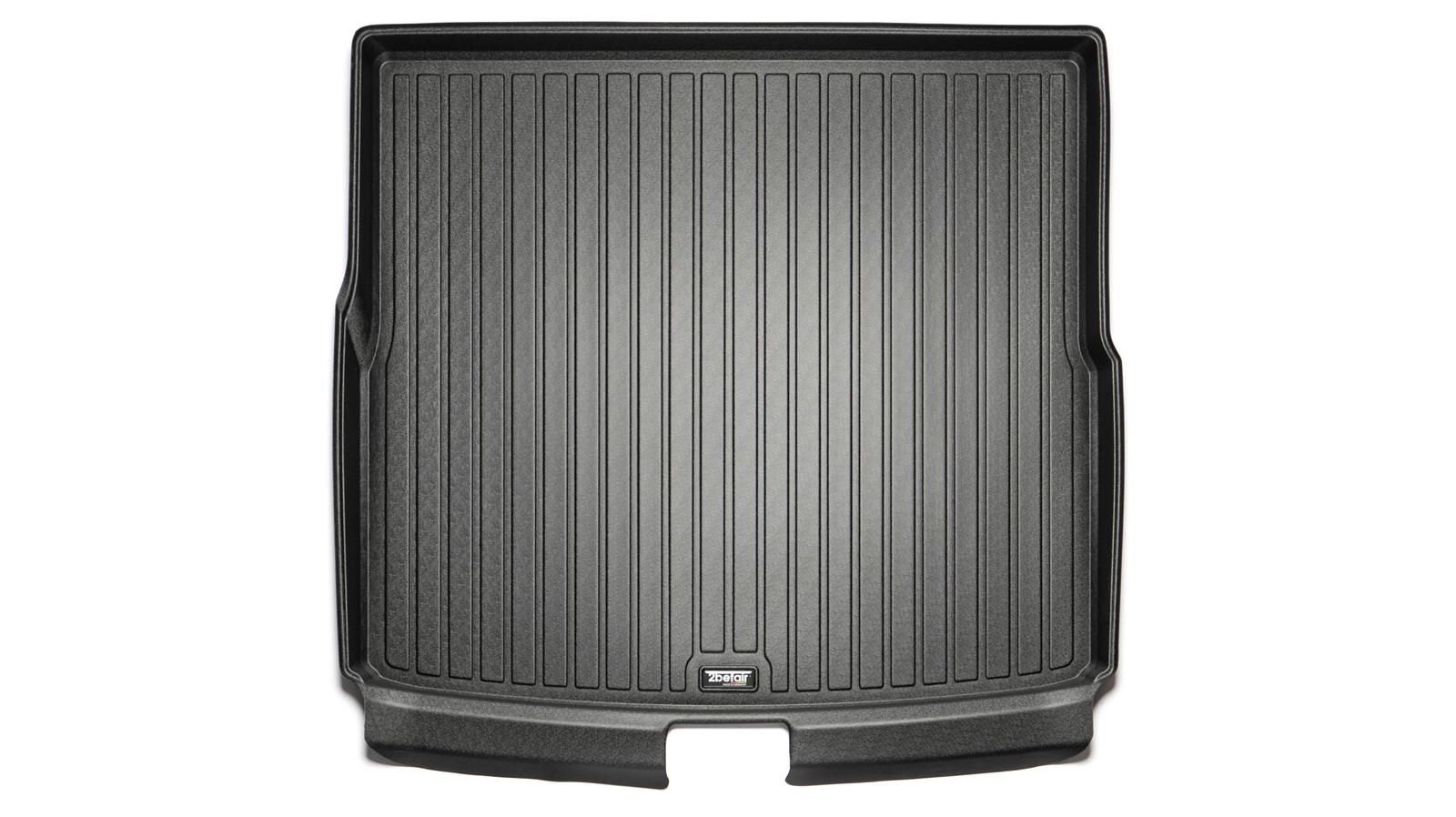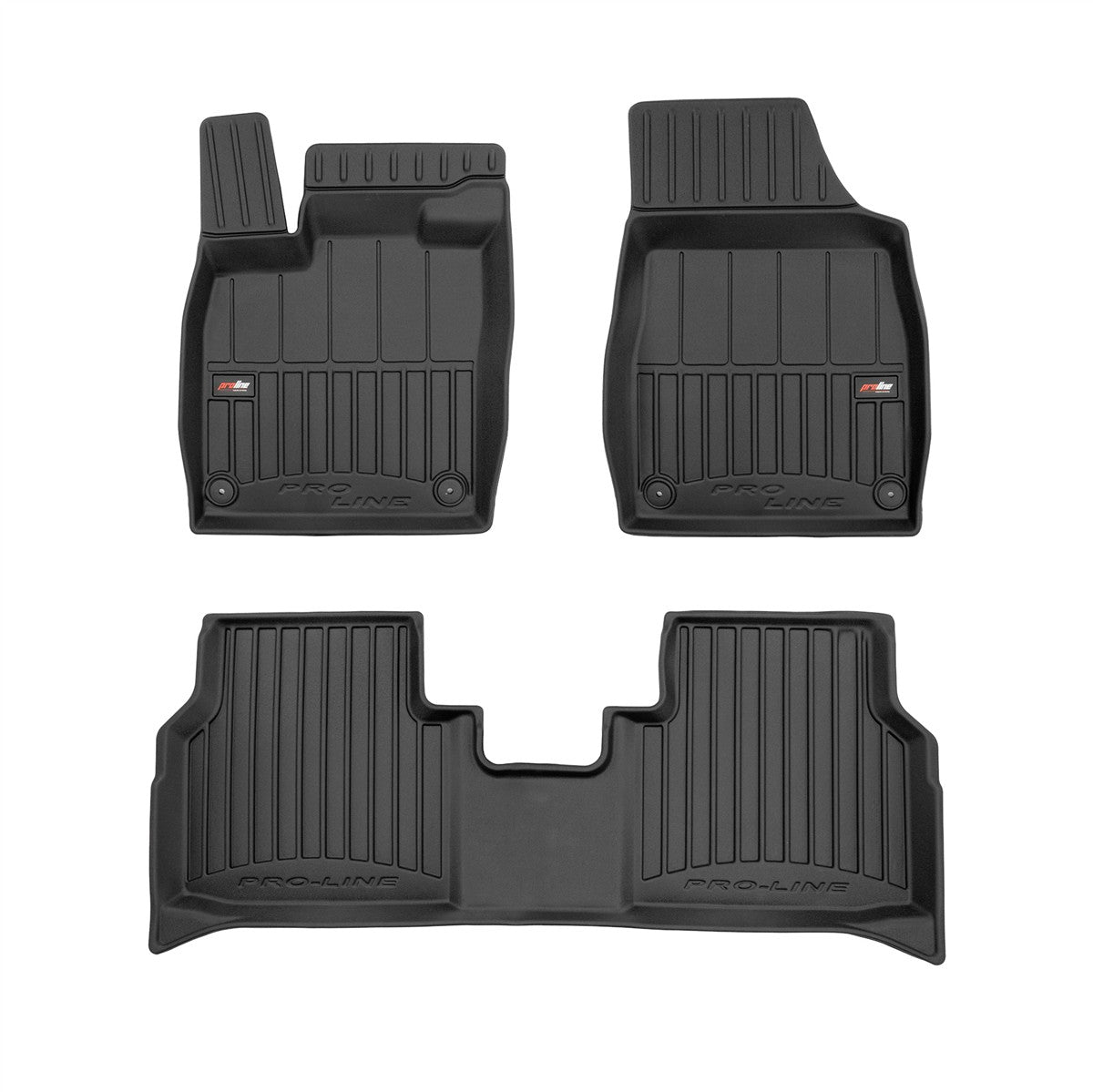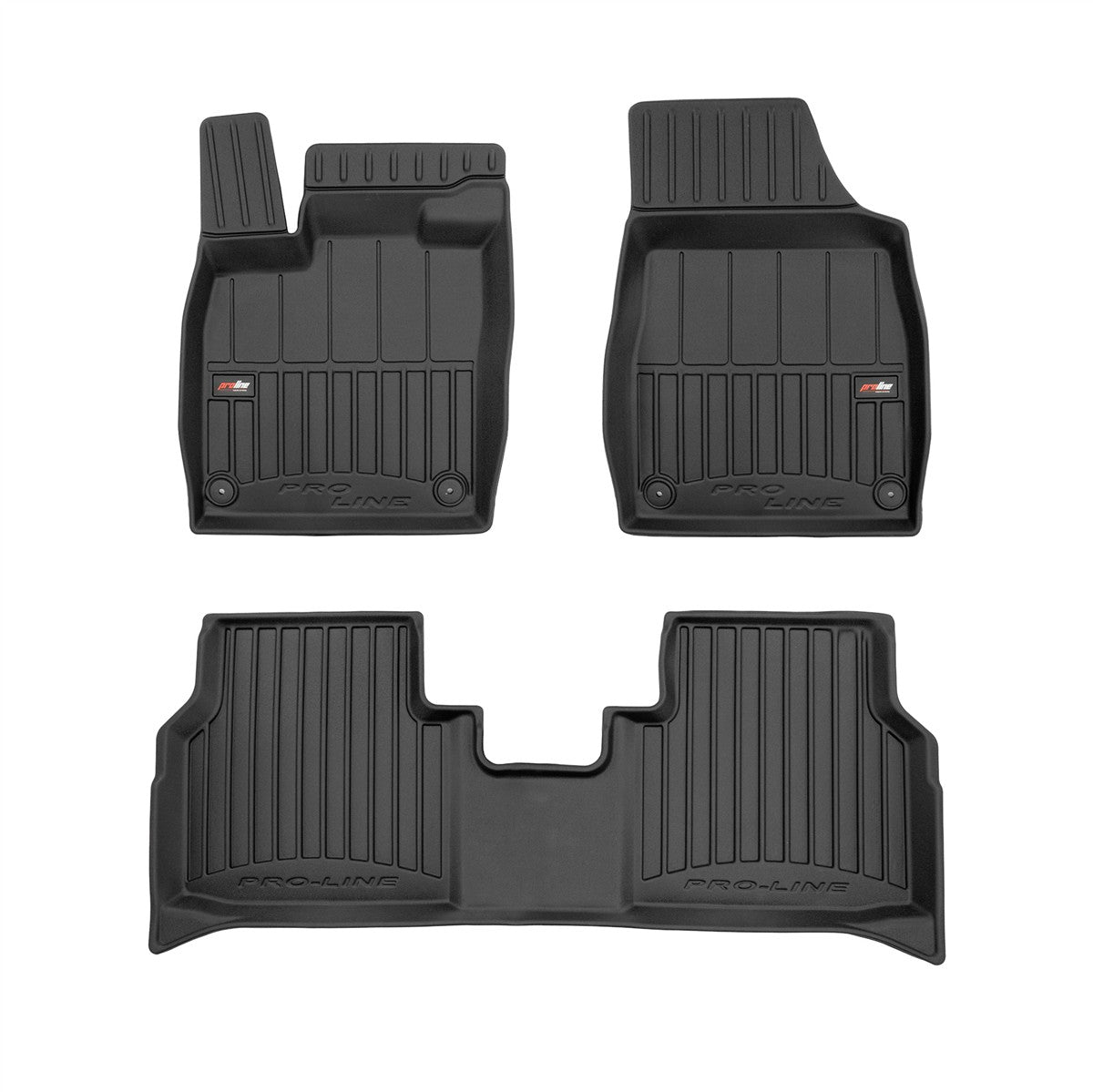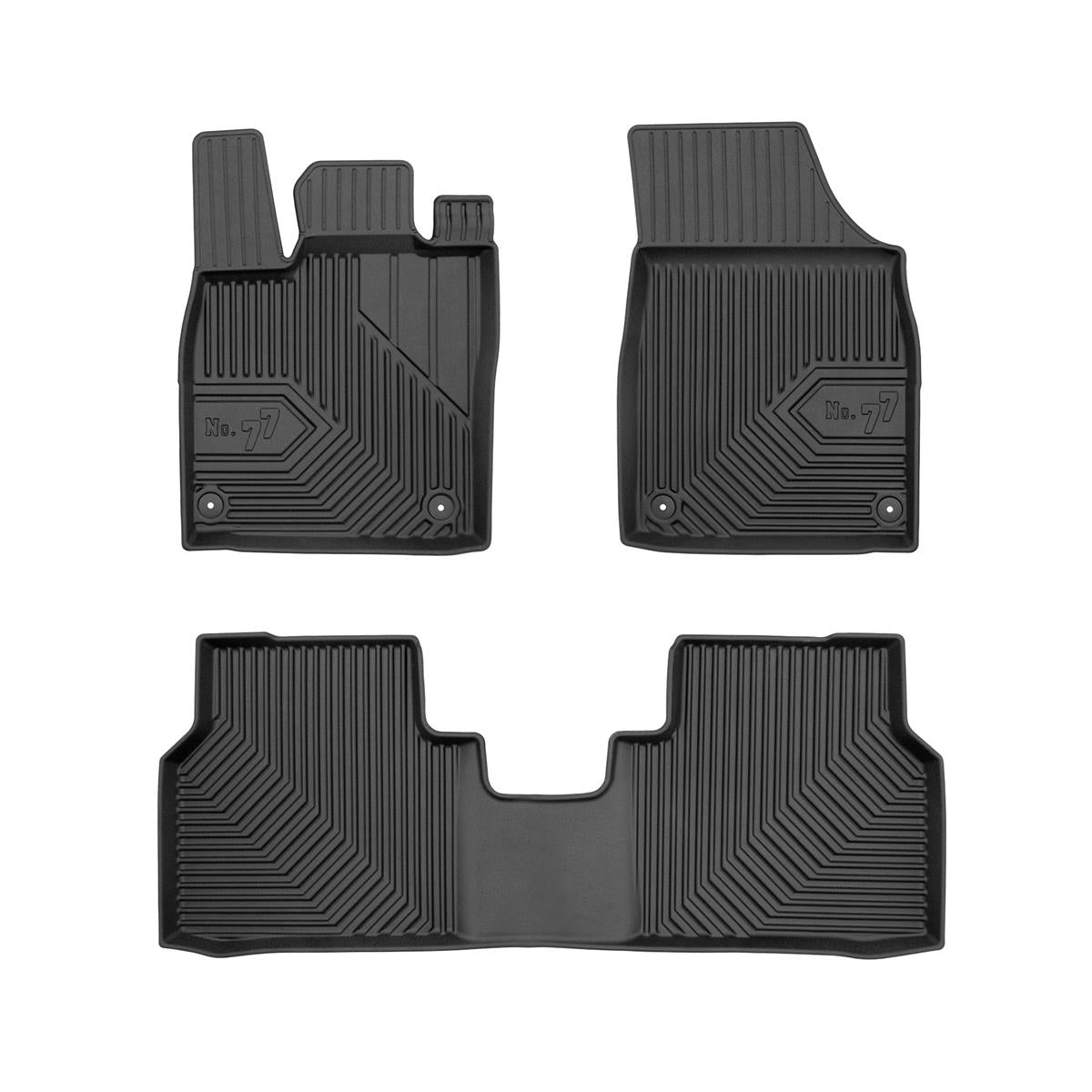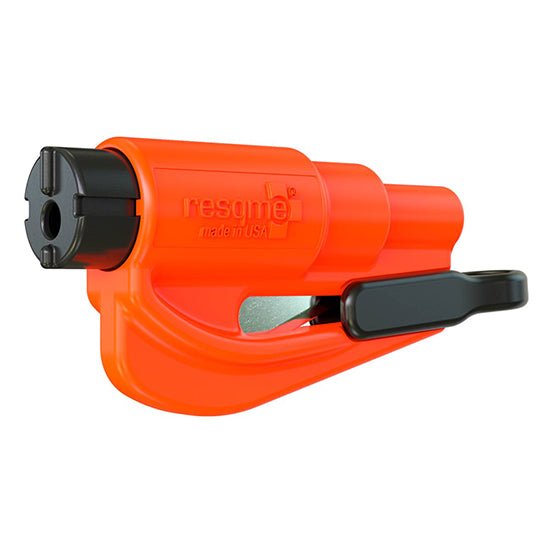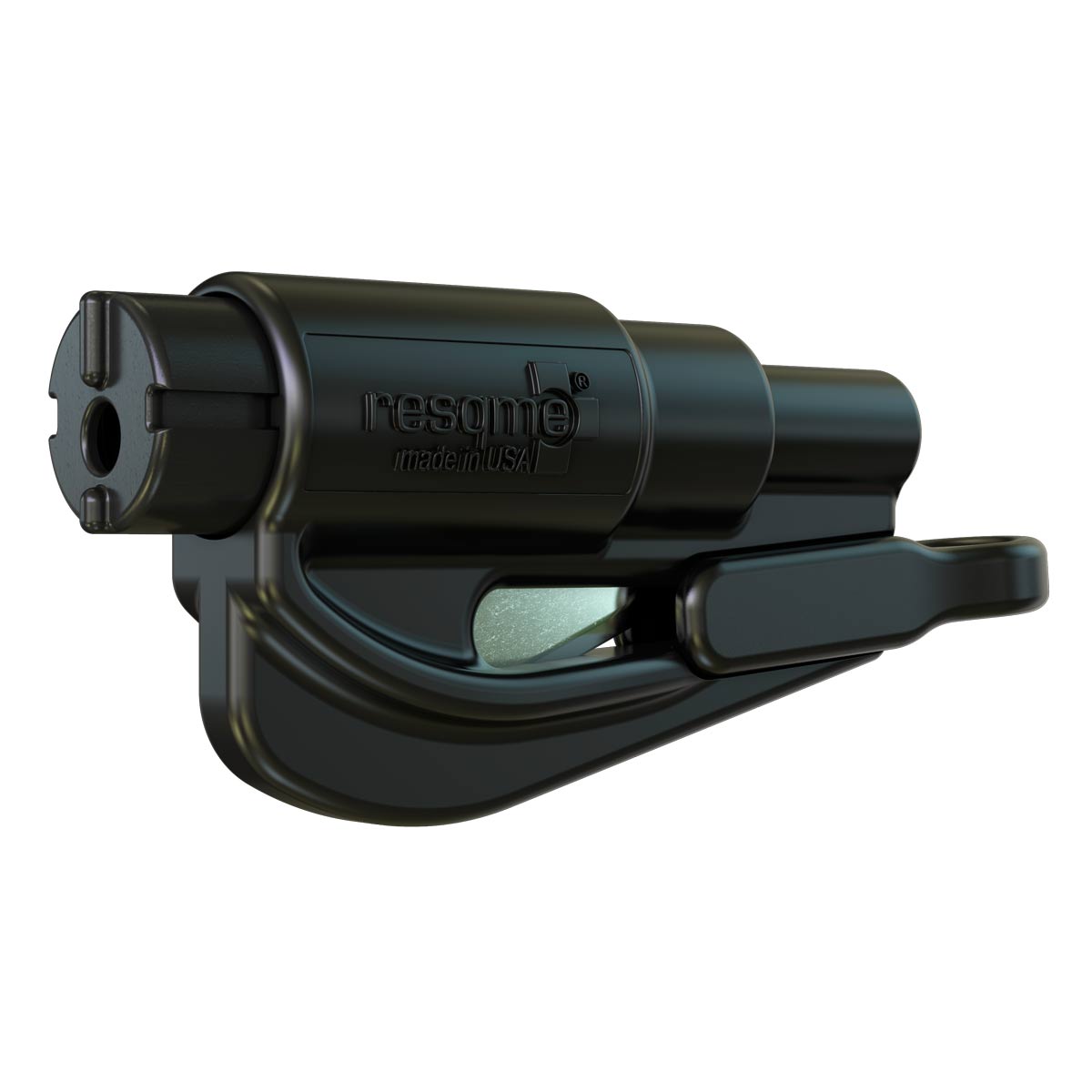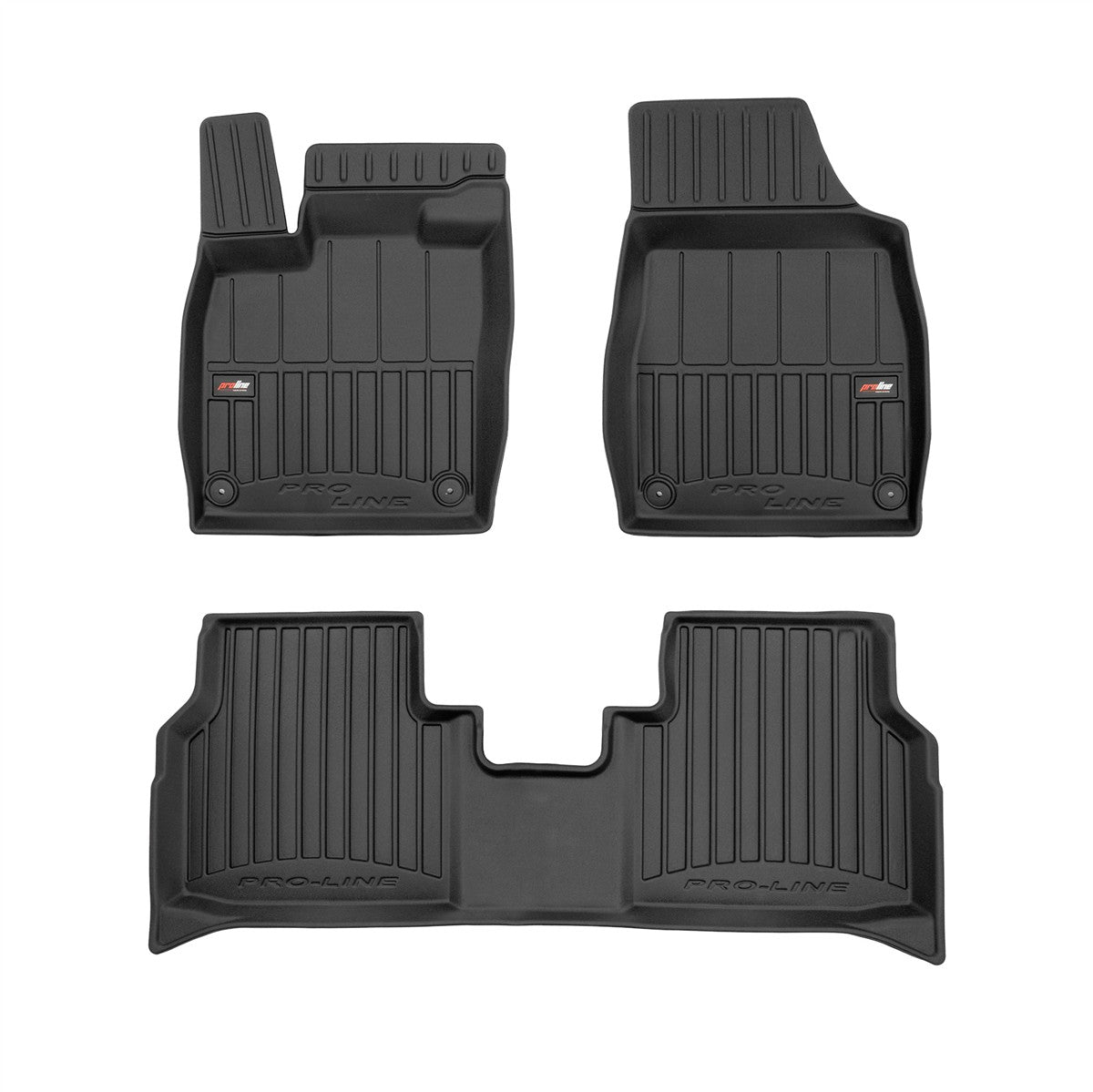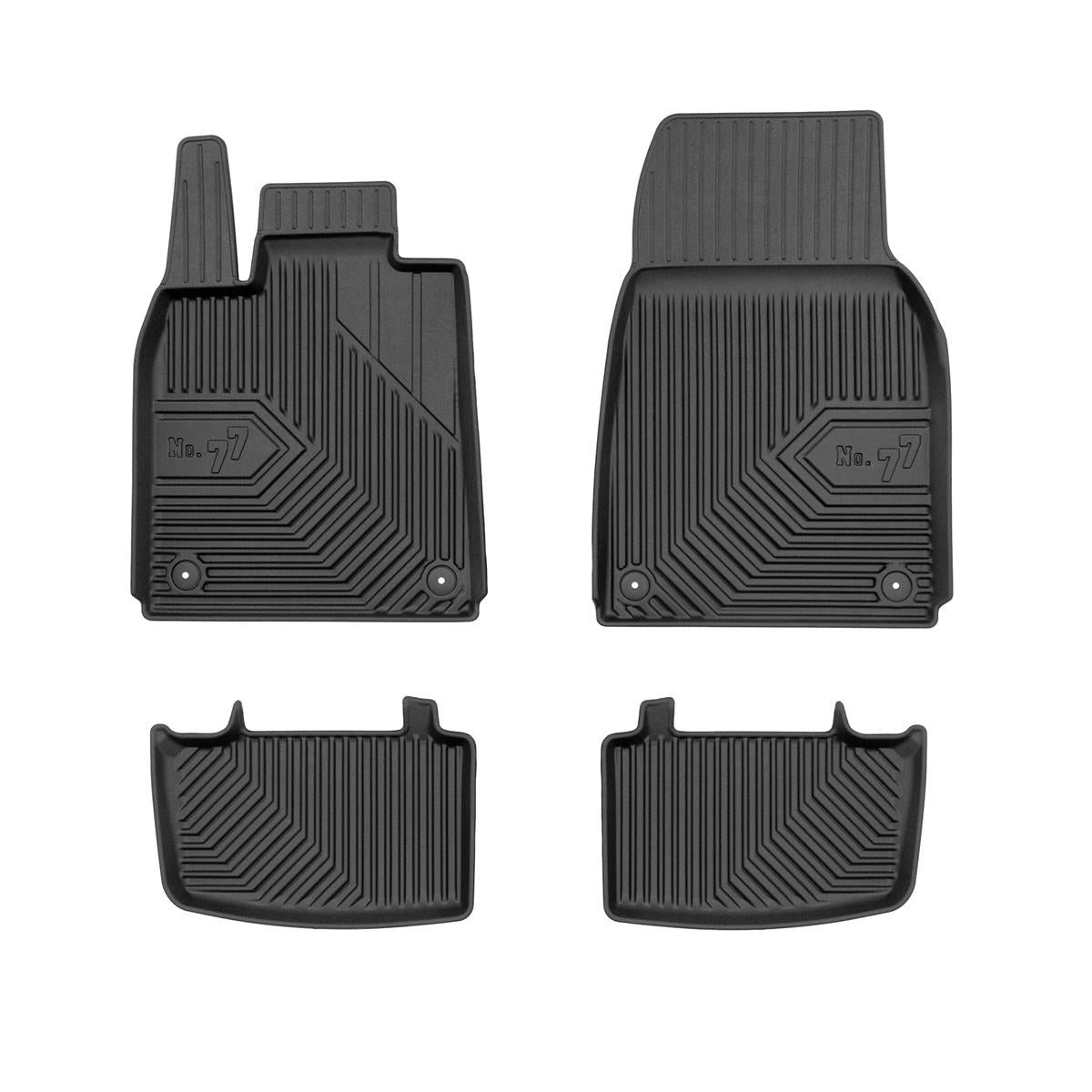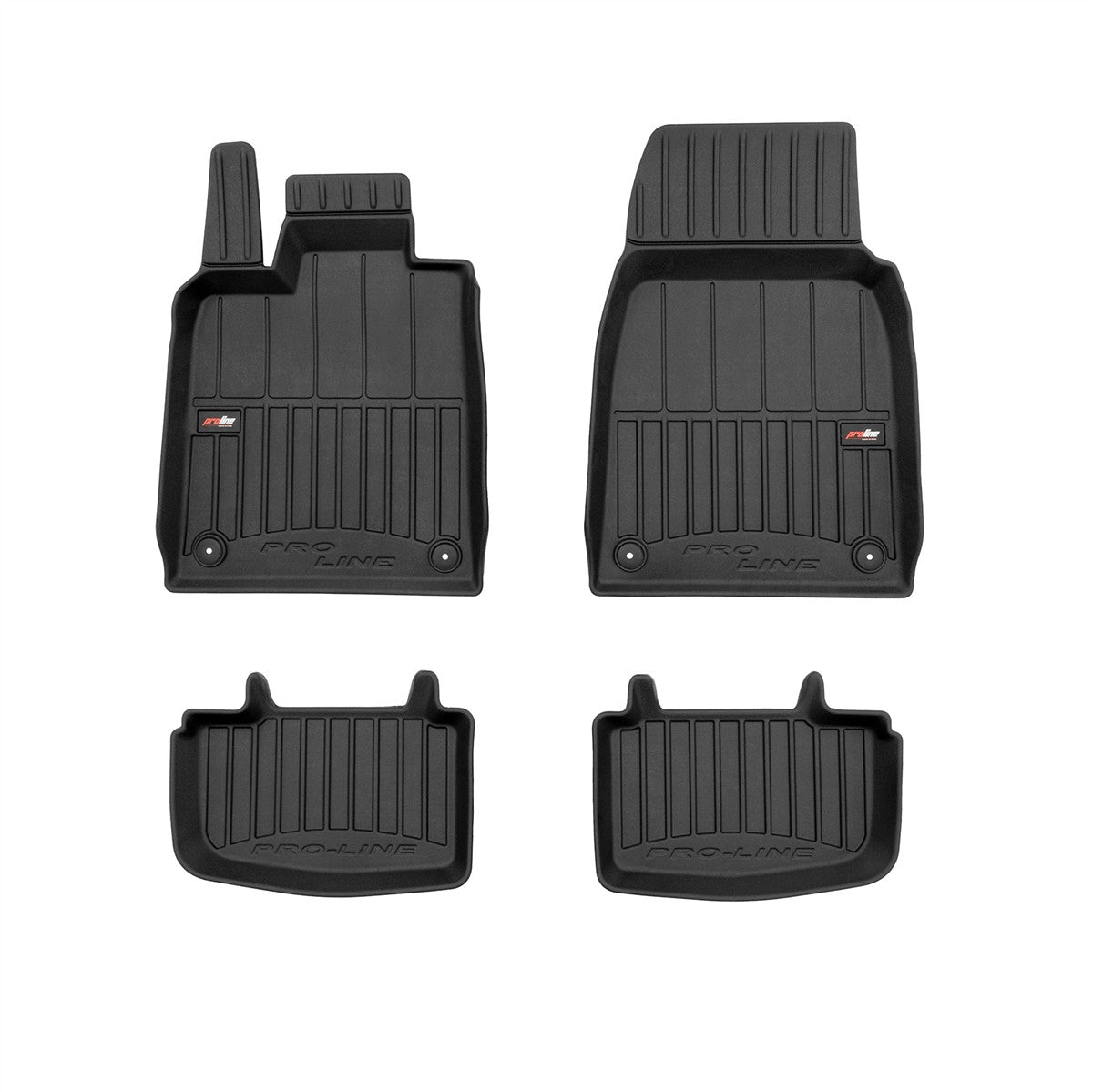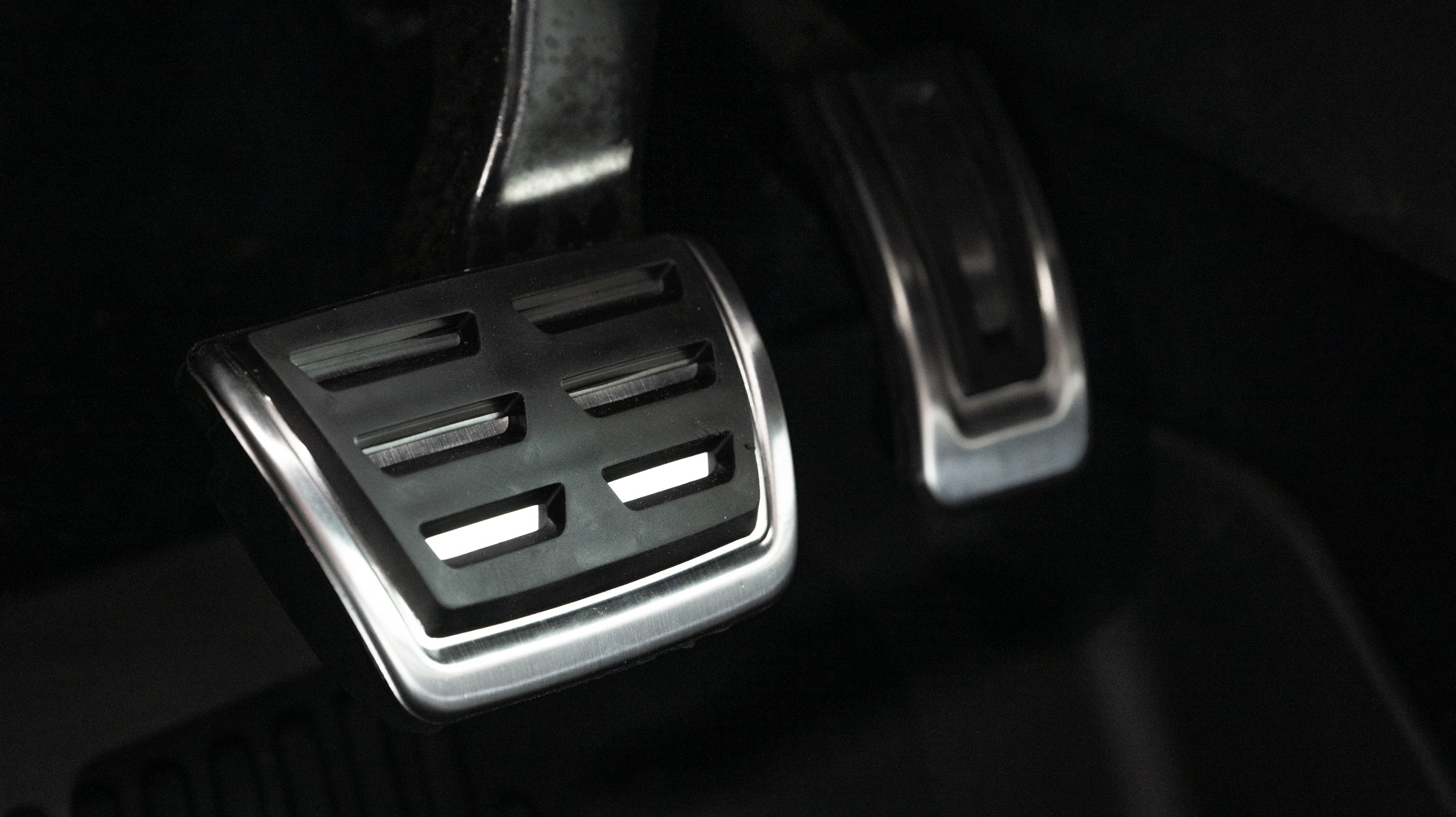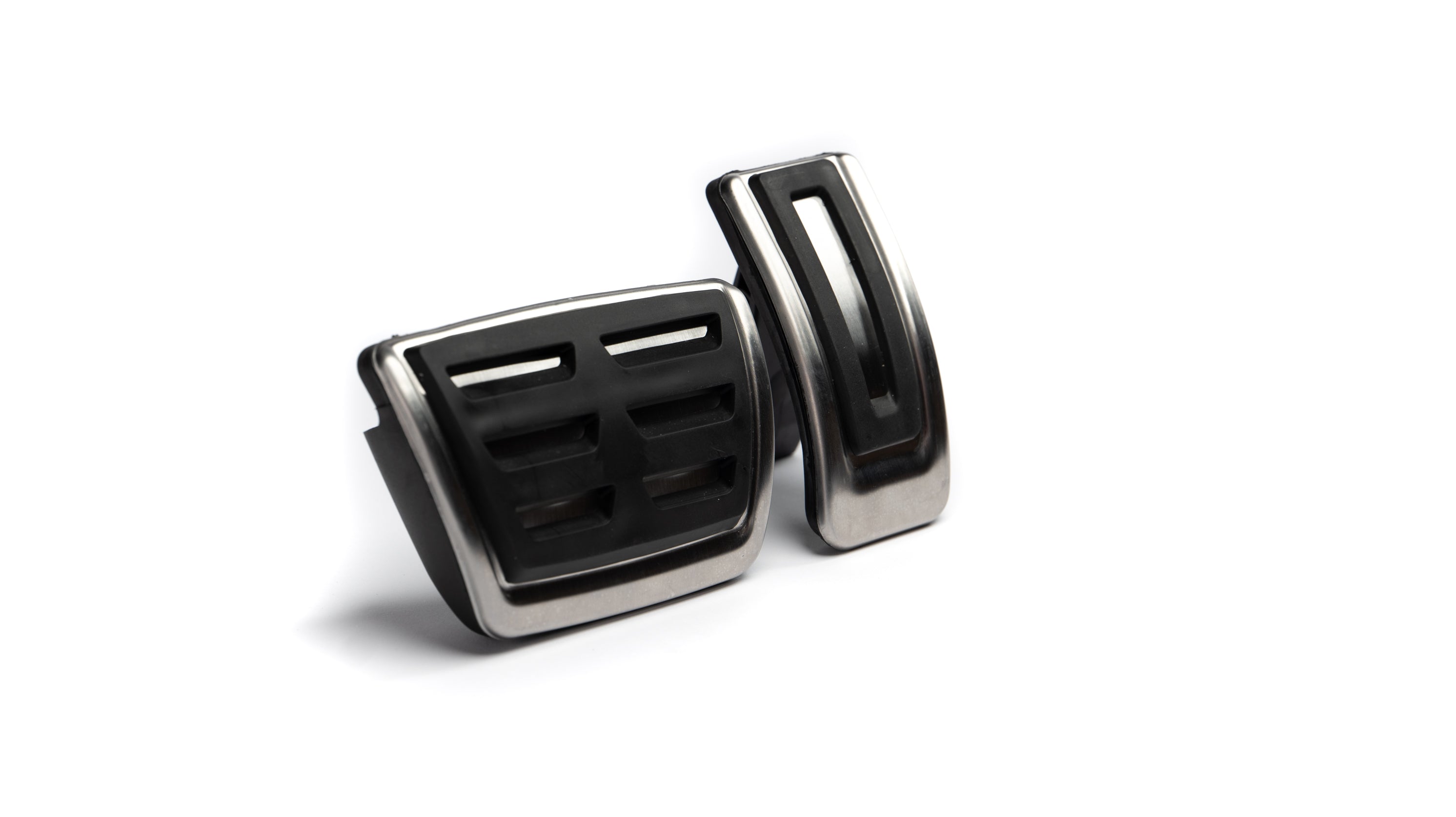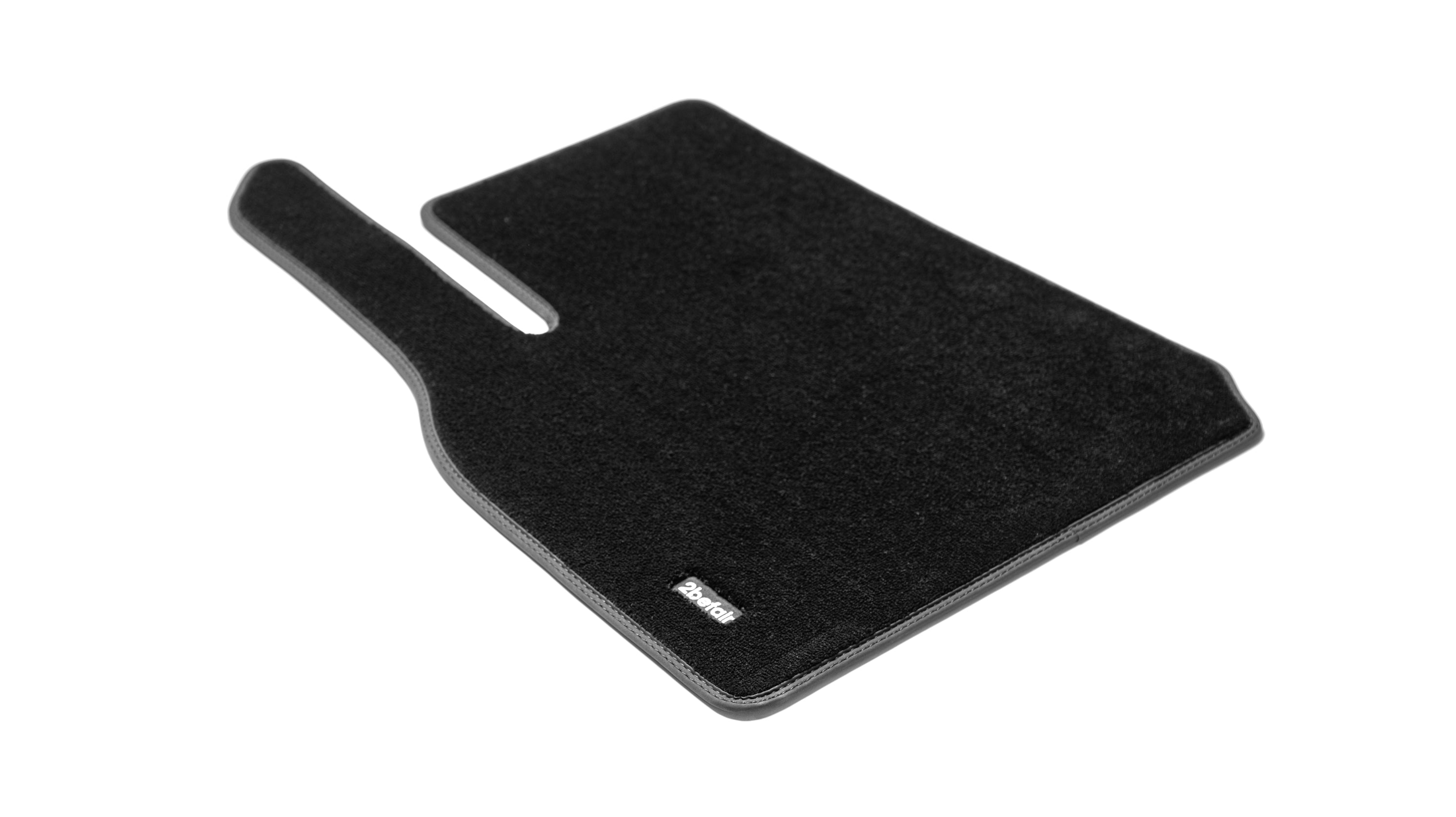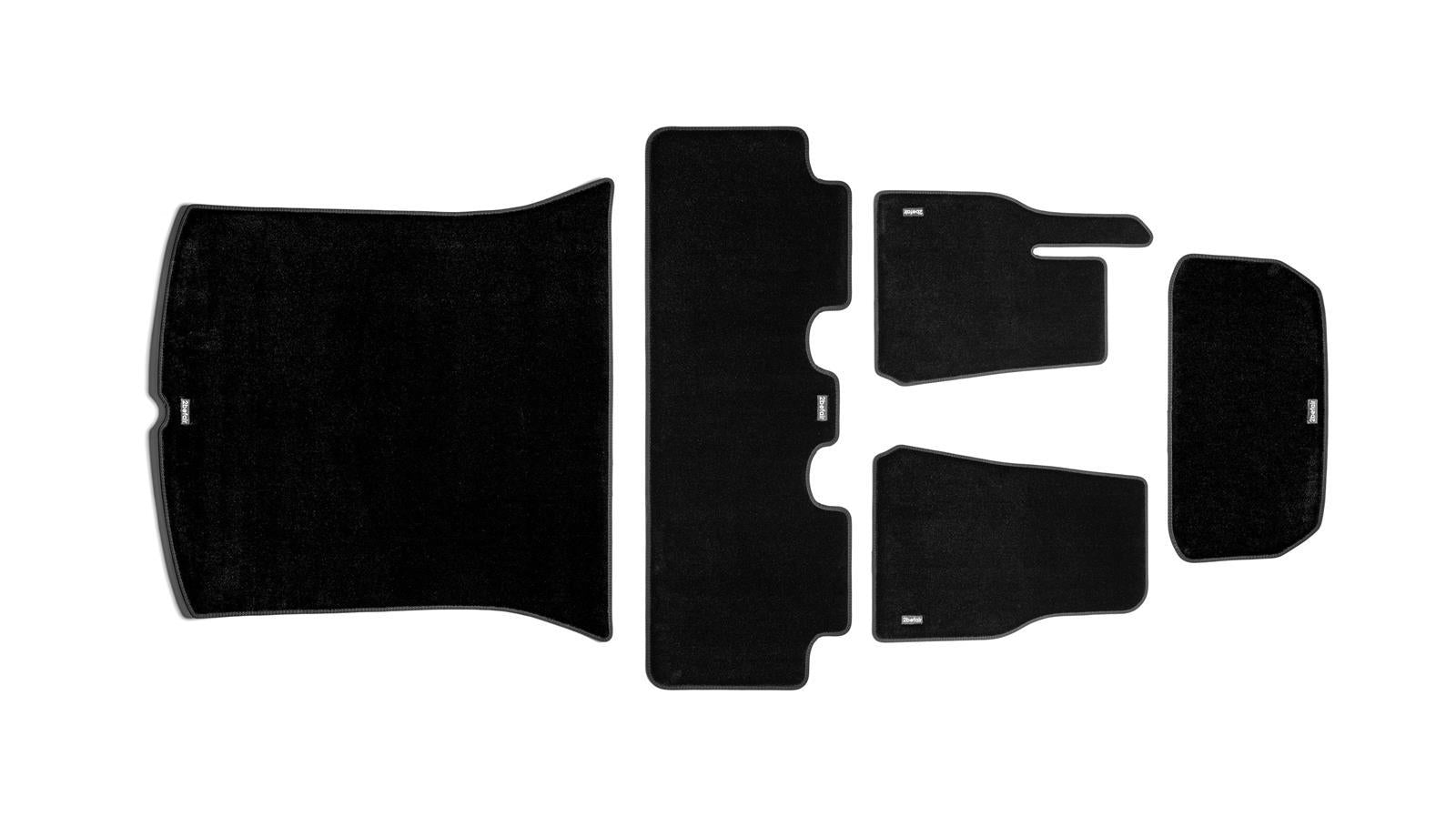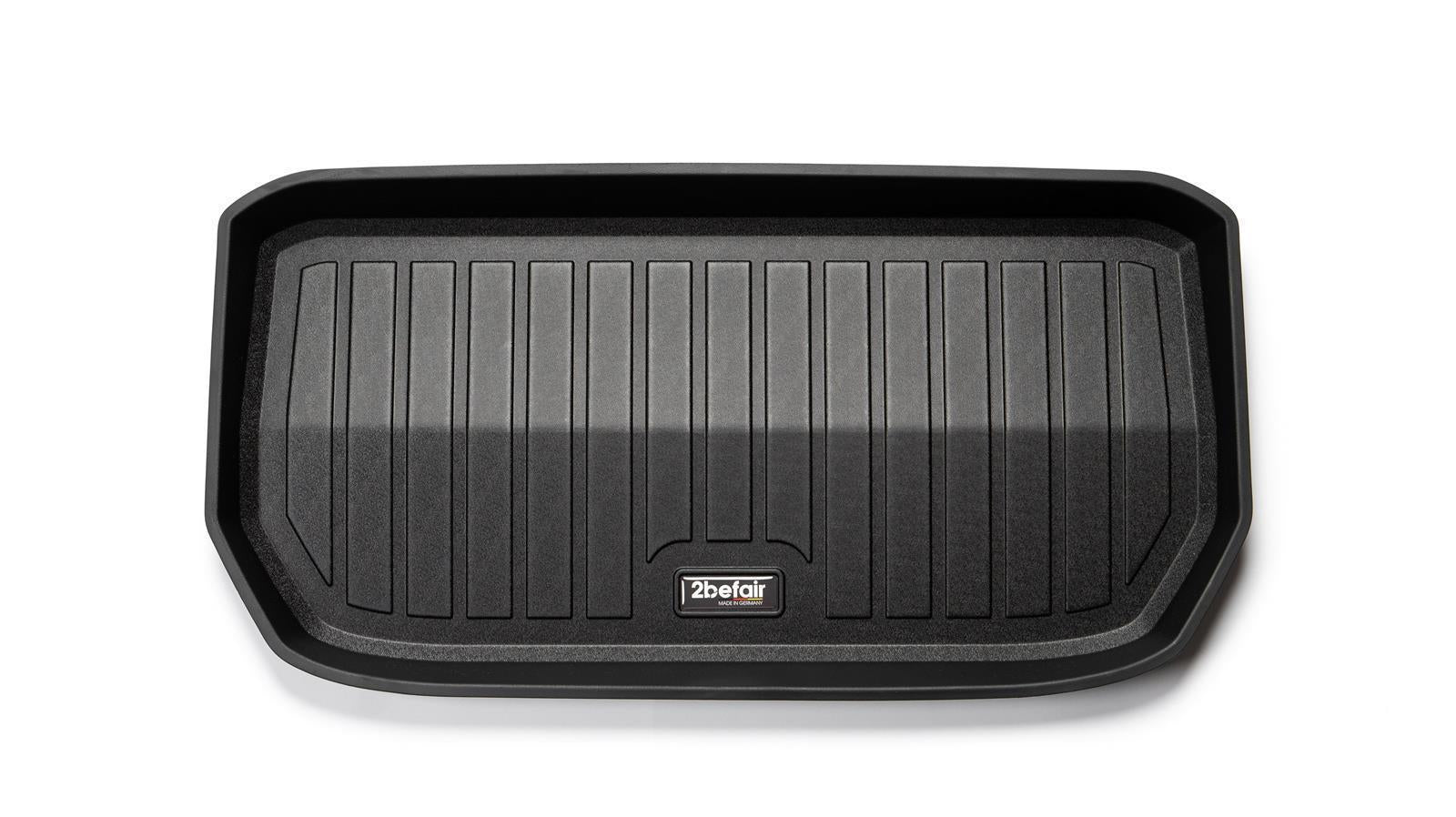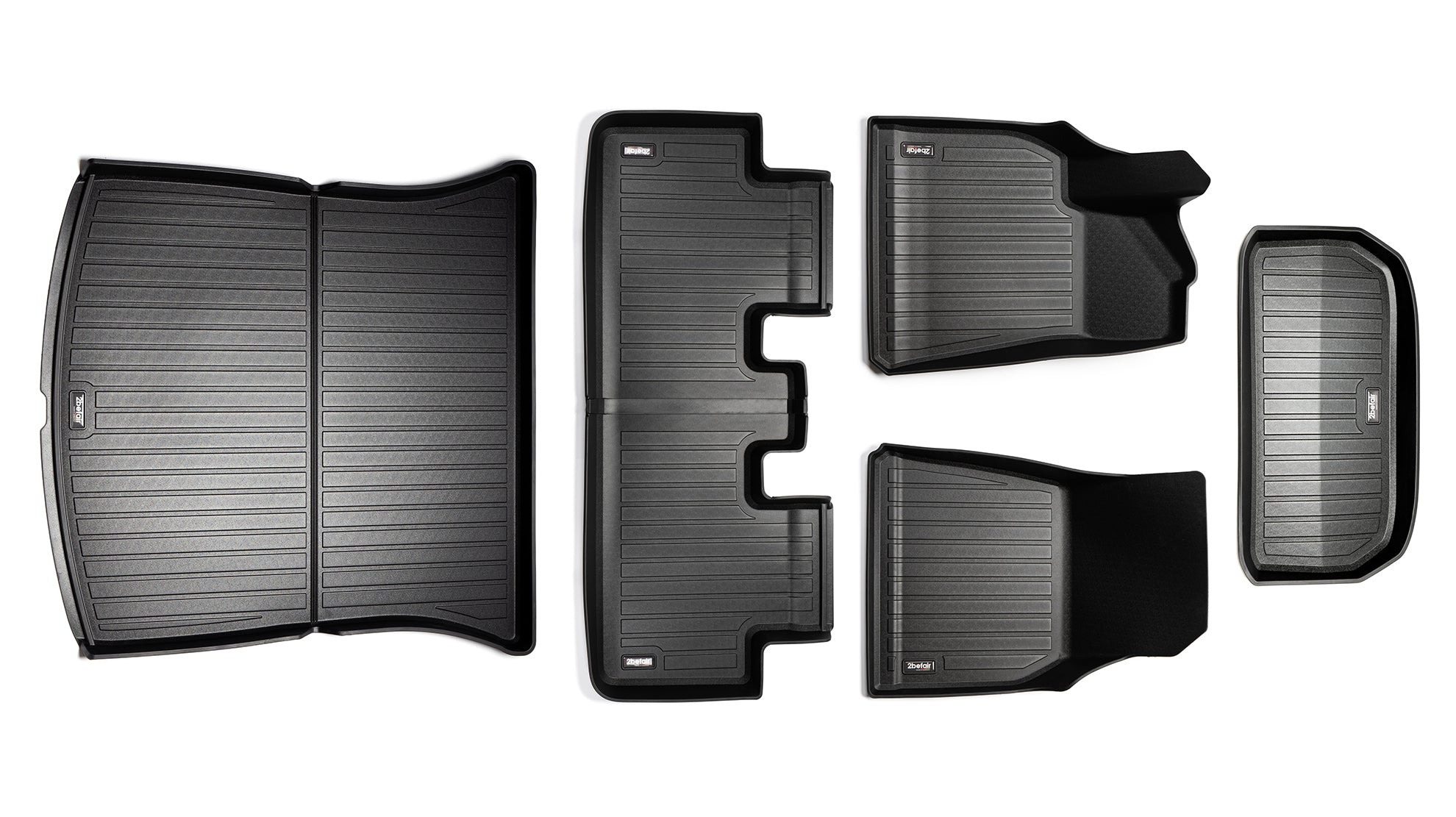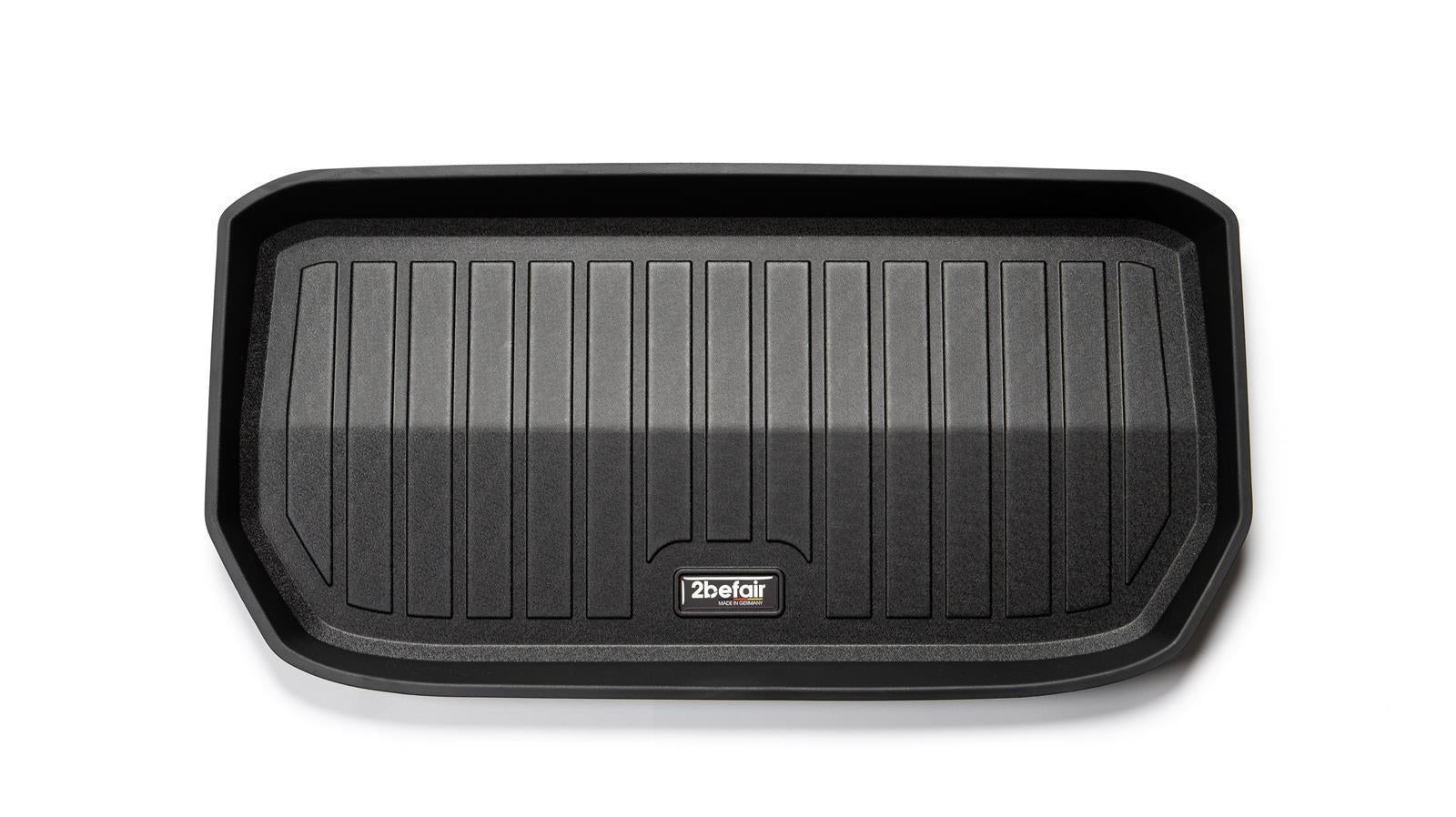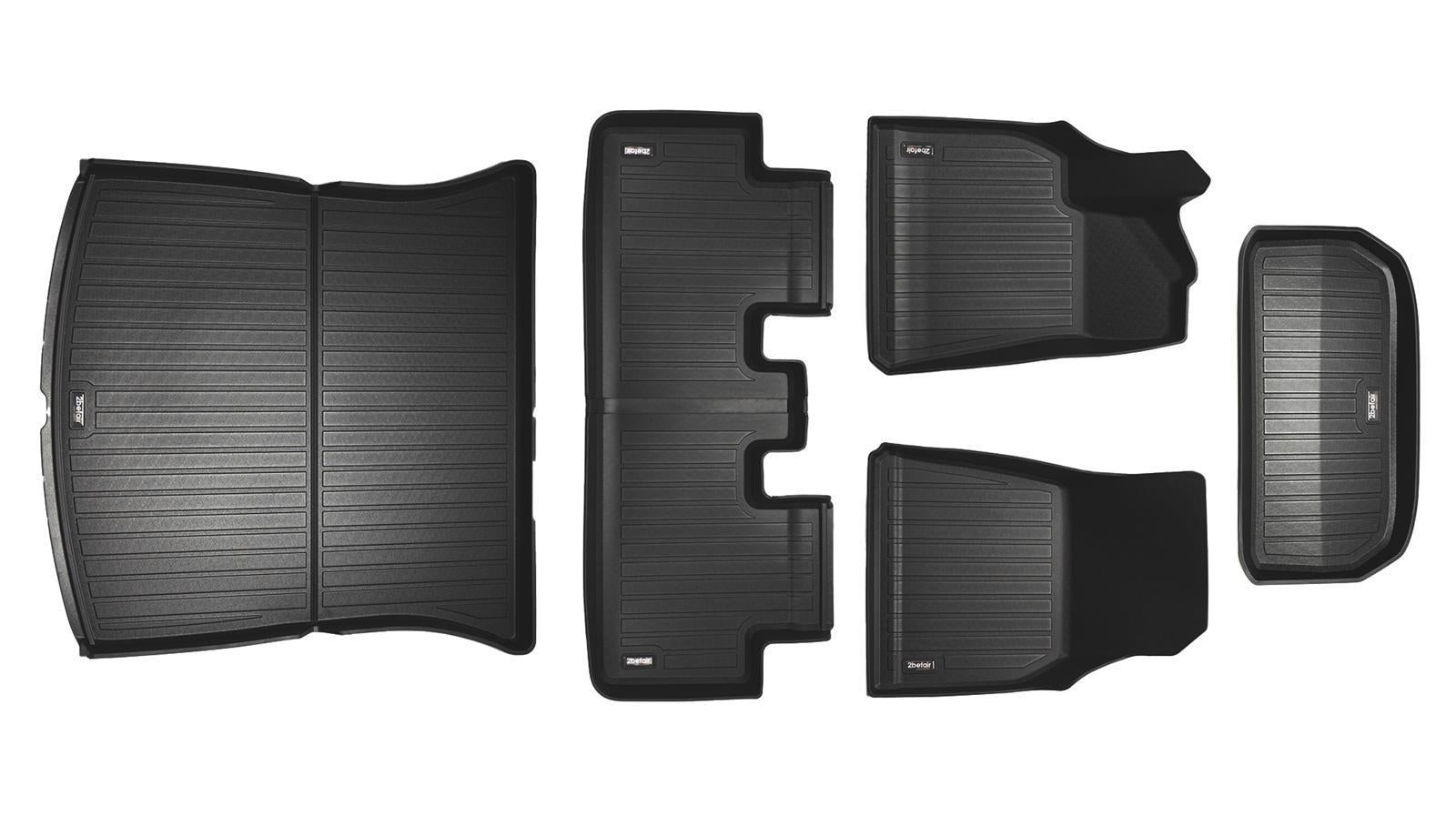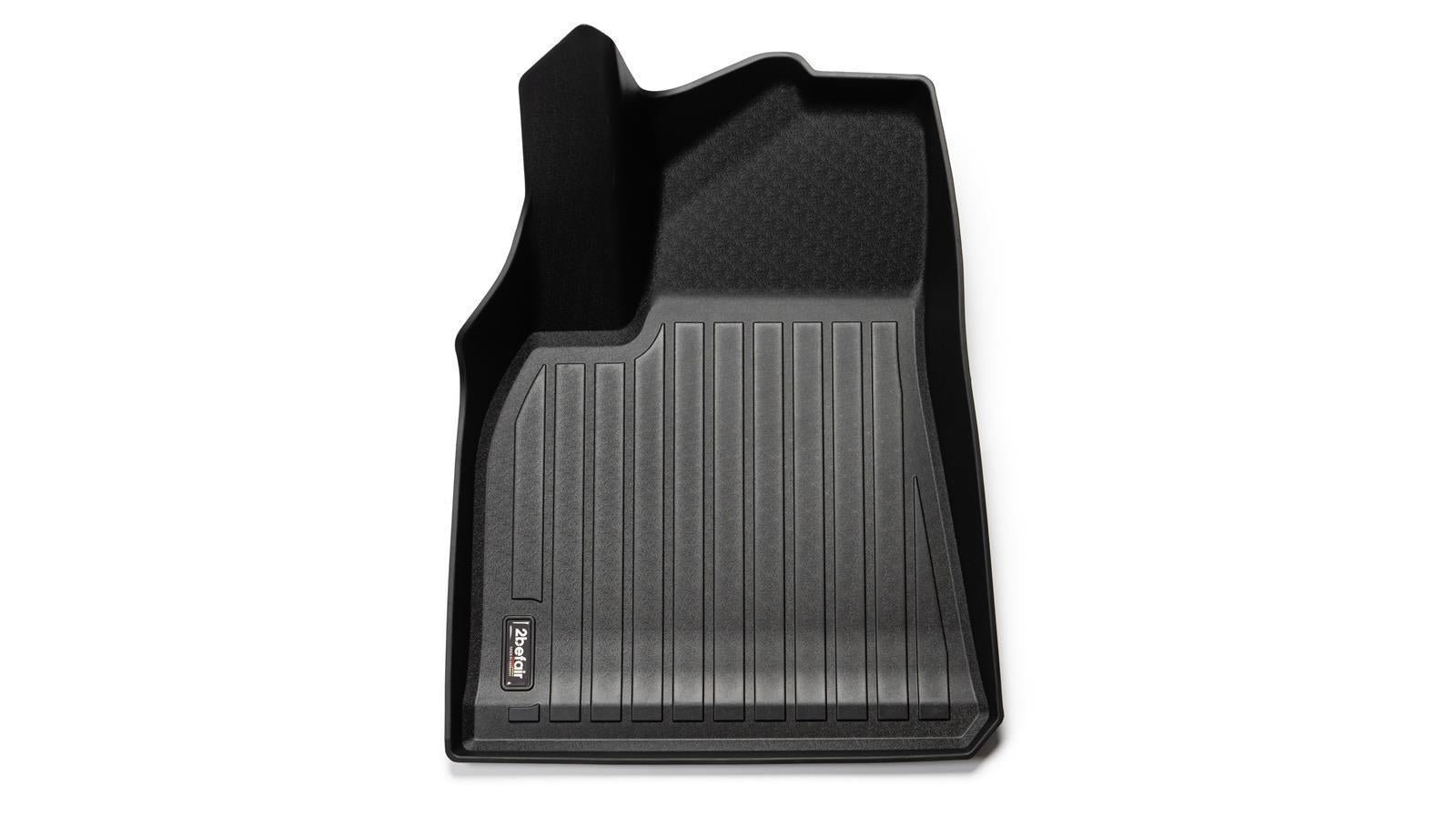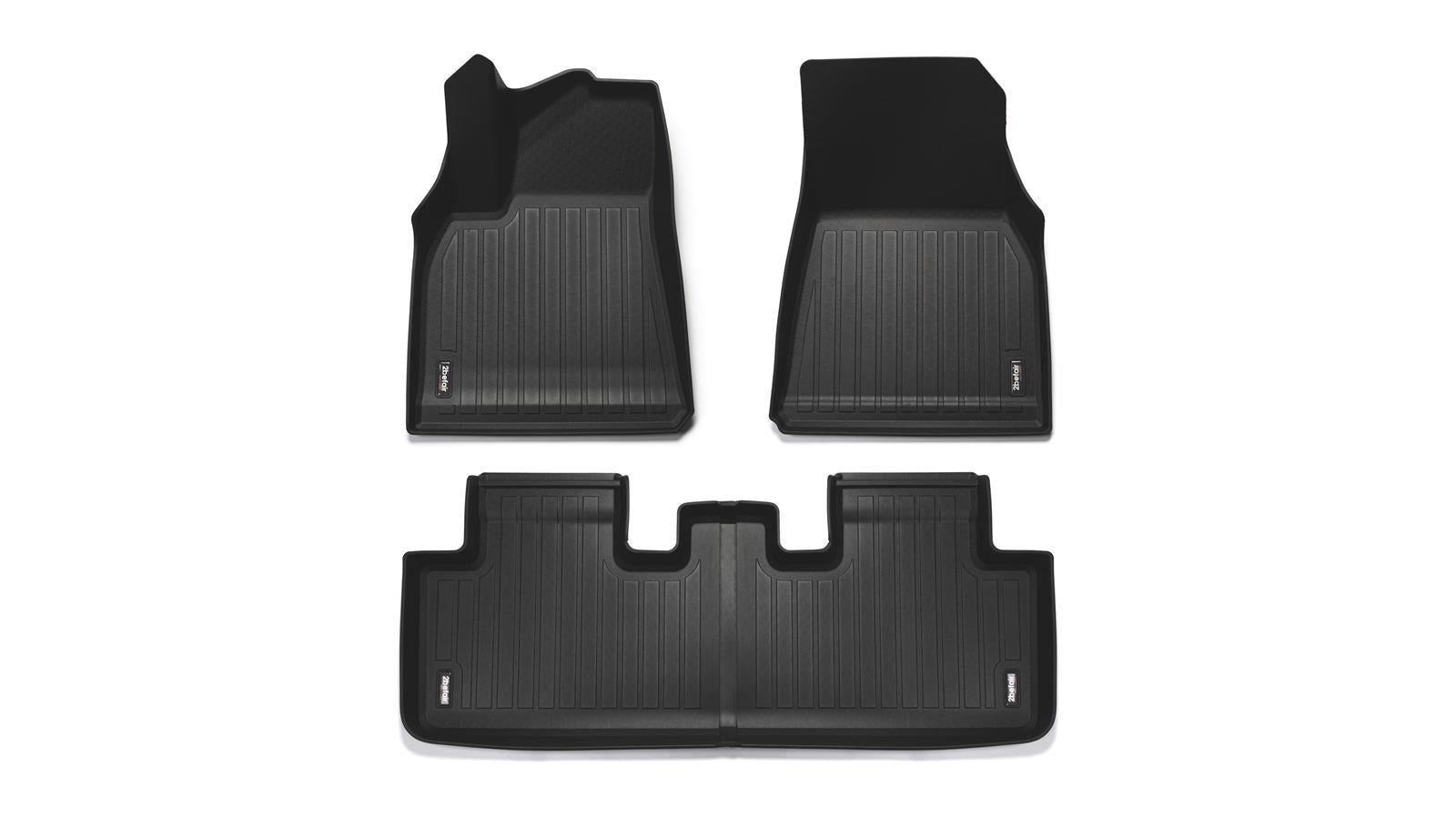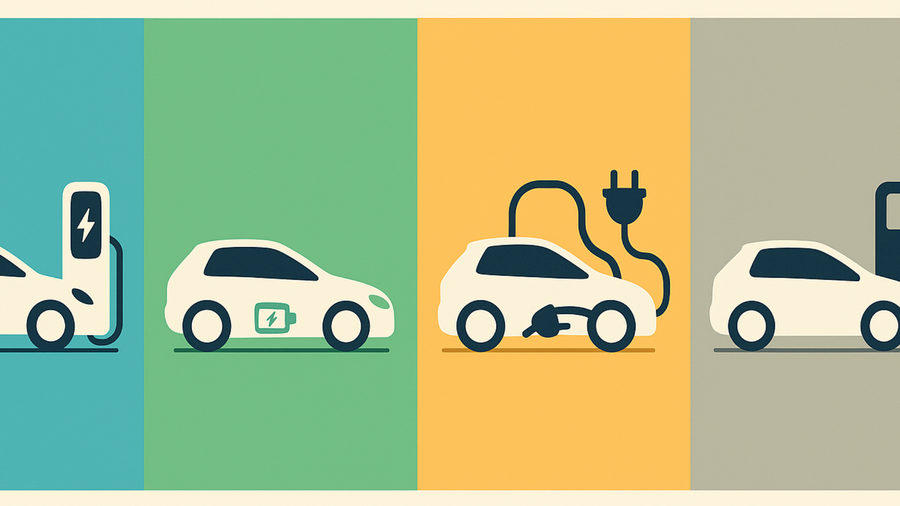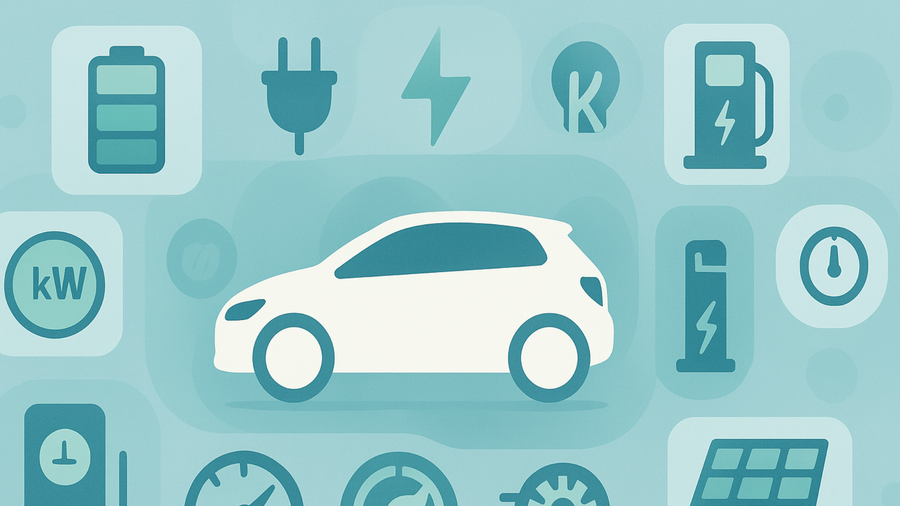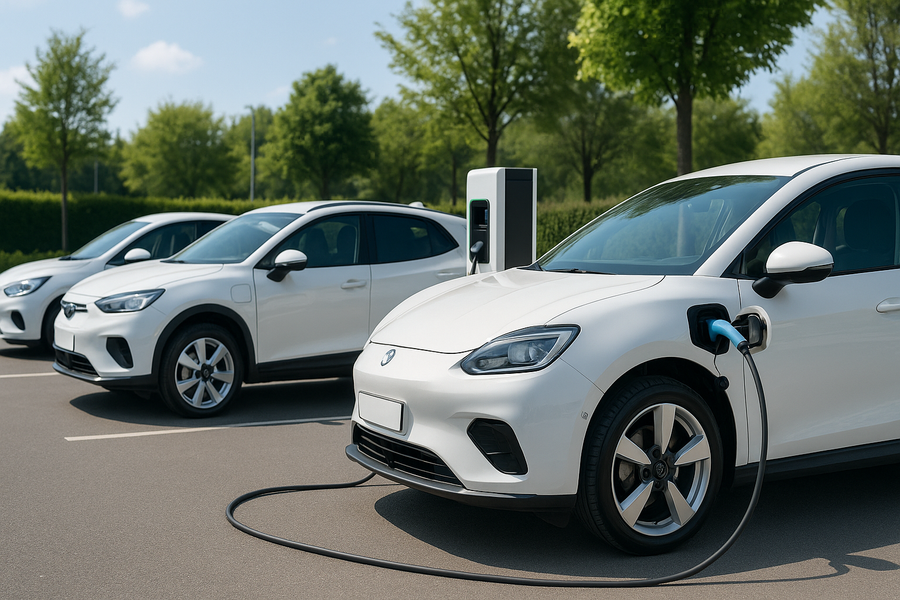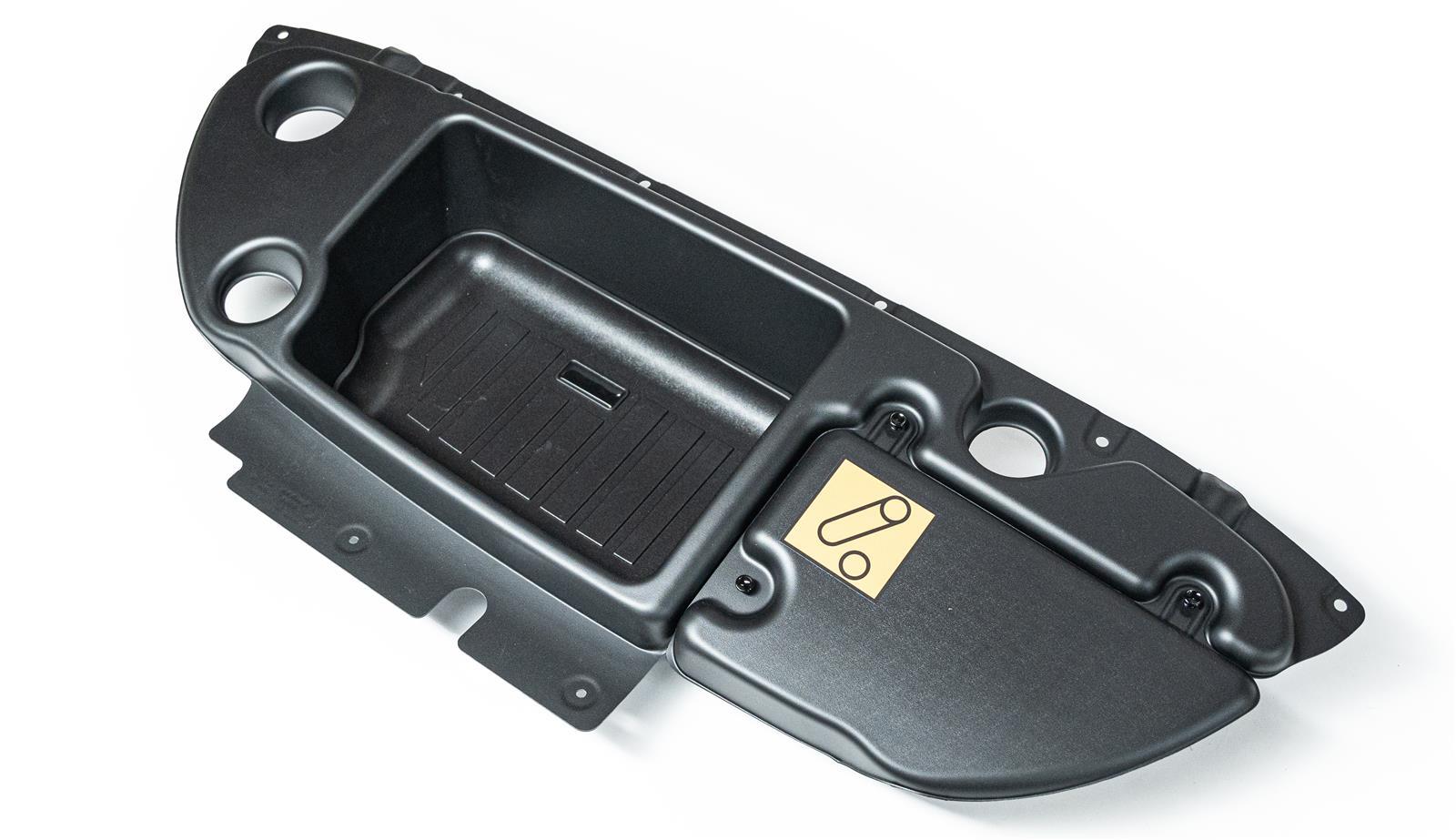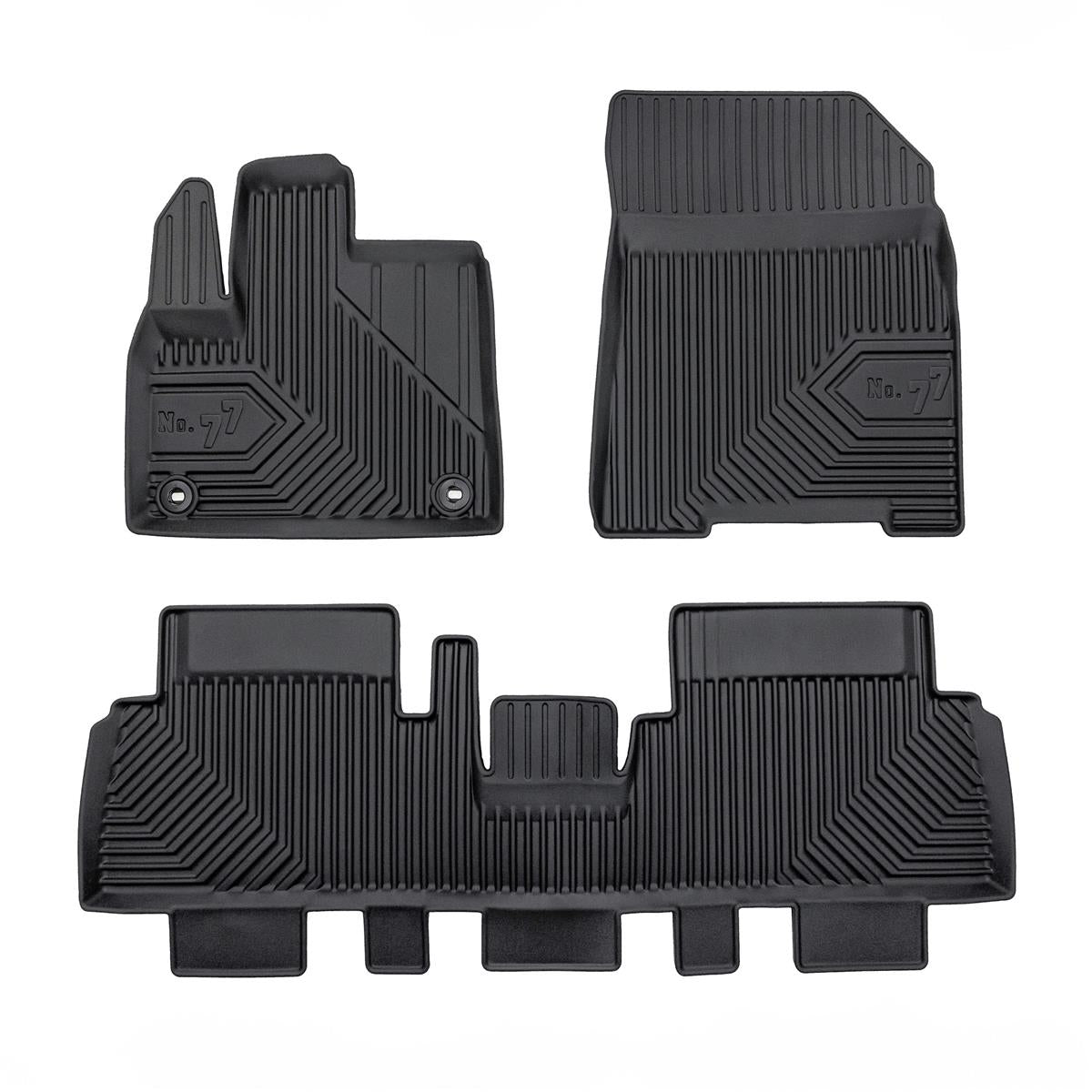Types of plugs & charging cables for electric cars
- Fashion 2 cables
- Fashion 3 cables
- Type 1 plug
- Type 2 plugs
- CCS plug
- Chademo plug
- Schuko plug
- Cee plug
Fashion 2 cables

The fashion 2 charging cable is the cable, which is usually used at home in ordinary household sockets. Most of the car manufacturers already deliver such a charging cable at the factory, so that new owners can load very slowly, at least at home. One end is a Schuko connector for the household socket, the other end of the vehicle plugs. In between there is an in-cable control box (ICCB) that communicates between the electric car and connection plug.
Fashion 3 cables

This cable is used for the mobile Use of public charging stations. It connects the electric car with the charging station and, depending on the setup, enables up to 43 kW, usually up to 22 kW. Most stations have a type 2 socket; This allows vehicles with type 2 plugs and type 1 vehicles (via adapter cable).
Type 1 plug

The type 1 plug is used for single -phase Loading and is unusual in Europe, but is common in Asia. The maximum charging capacity is up to 7.4 kW (230 V/32 a). European charging stations are usually not equipped with type 1 cables.
Type 2 plugs

The type 2 plug is that Standard in Europa And invites three phase. Private up to 22 kW (400 V/32 a), up to 43 kW (400 V/64 a) on some public columns. Each fashion 3 cable is compatible with type 2.
CCS plug

The CCS connector (Combined Charging System) is based on type 2 and complements two large direct current contacts. So he supports AC and Dc. Technically, up to 500 kW are possible; In practice, only a few, mostly high -priced models ≥250 kW. Many cheaper vehicles typically load <150 kW.
Chademo plug

Chademo is a Japanese development. Charging services are possible up to 100 kW, many public stations do 50 kW. Only a few manufacturers support Chademo as standard, including Nissan, Mitsubishi, Toyota, Honda, Mazda and Subaru.
Schuko plug

Schuko is the customary socket. With sufficient protection, up to 3.7 kW (230 V, 16 a) is possible-usually with fashion-2 cable. Without testing/securing by an electrician, you should not load over 2.3 kW (230 V, 10 a), since standard doses are not designed for high permanent currents.
Cee plug

CEE plugs are available in different versions. Blue (single -phase) z. B. in the camping area, red (three -phase) often in industry. Rather unusual for electric cars. What is common are: CEE16 (11 kW, 400 V, 16 A) and CEE32 (22 kW, 400 V, 32 a) in red and the blue -phase variant up to 3.7 kW (230 V, 16 a).

